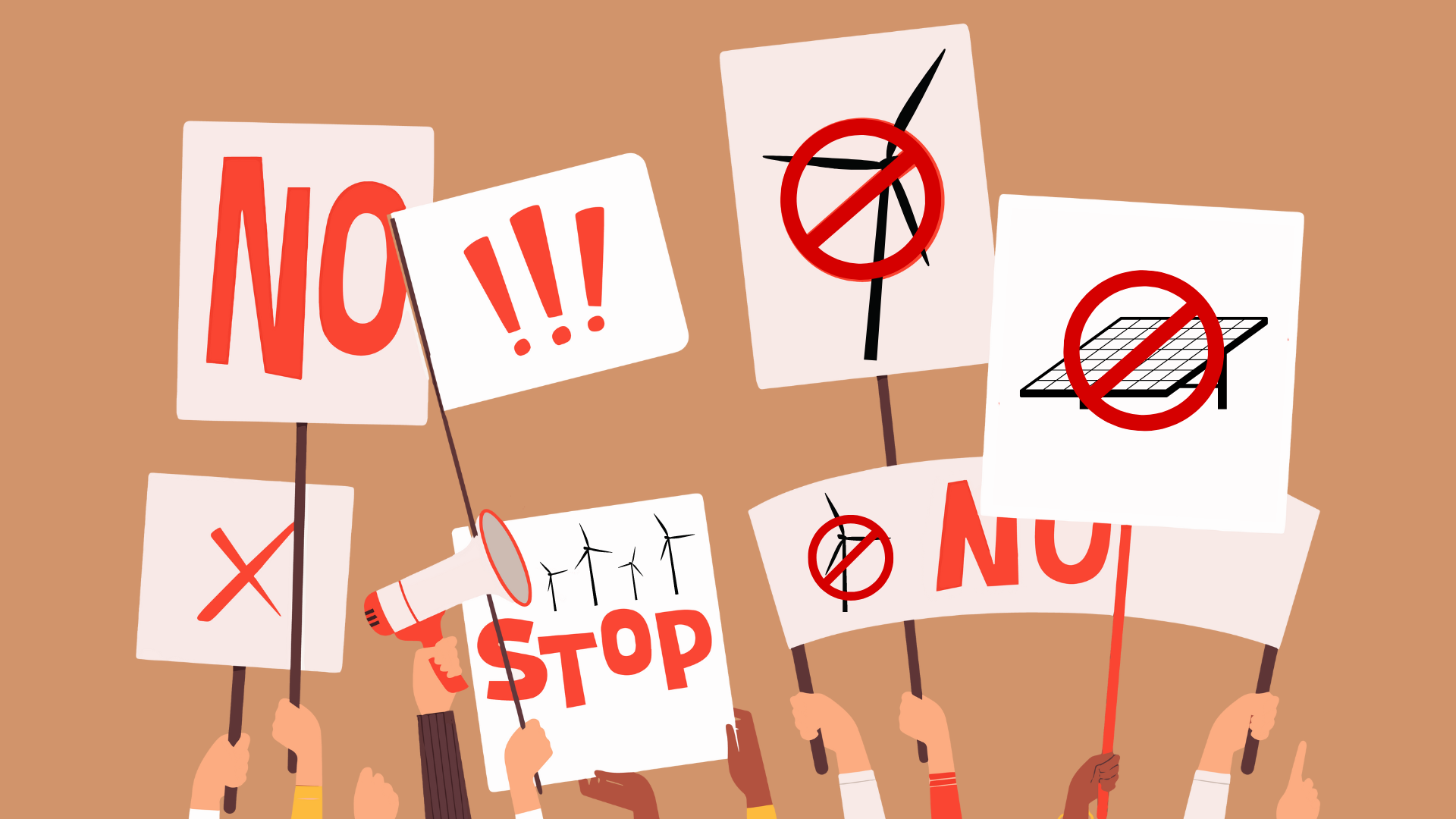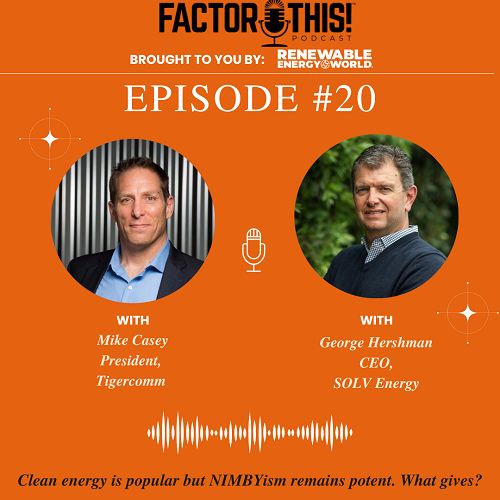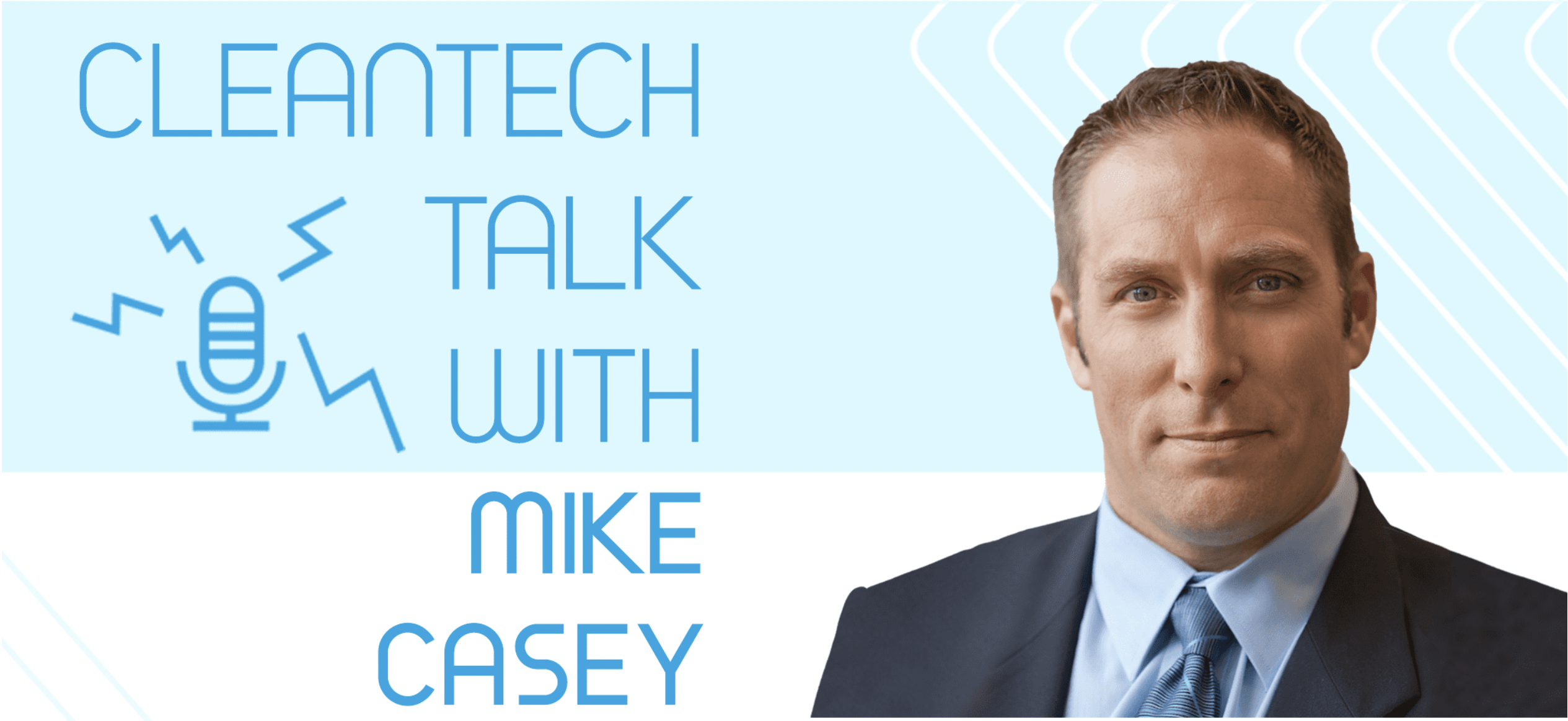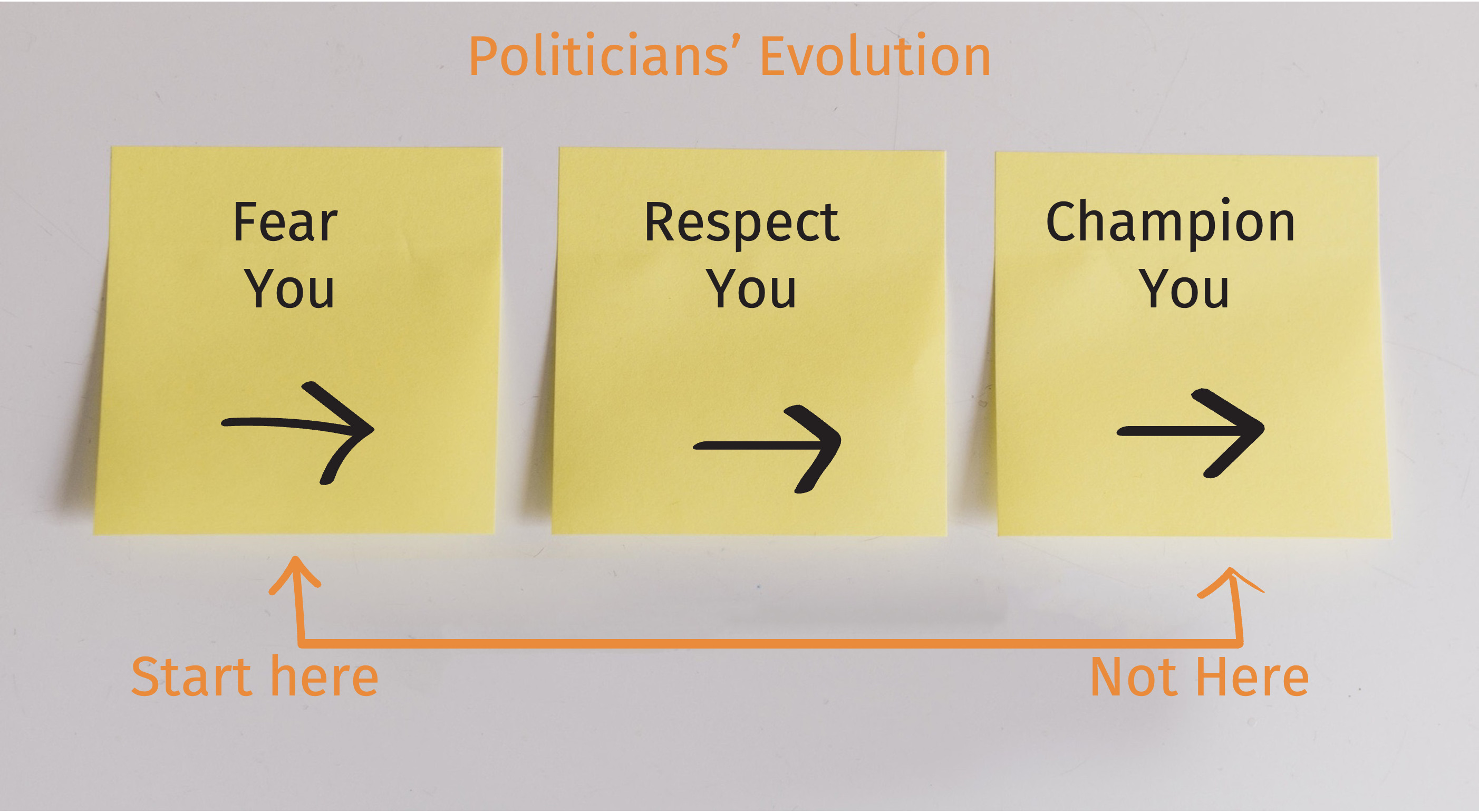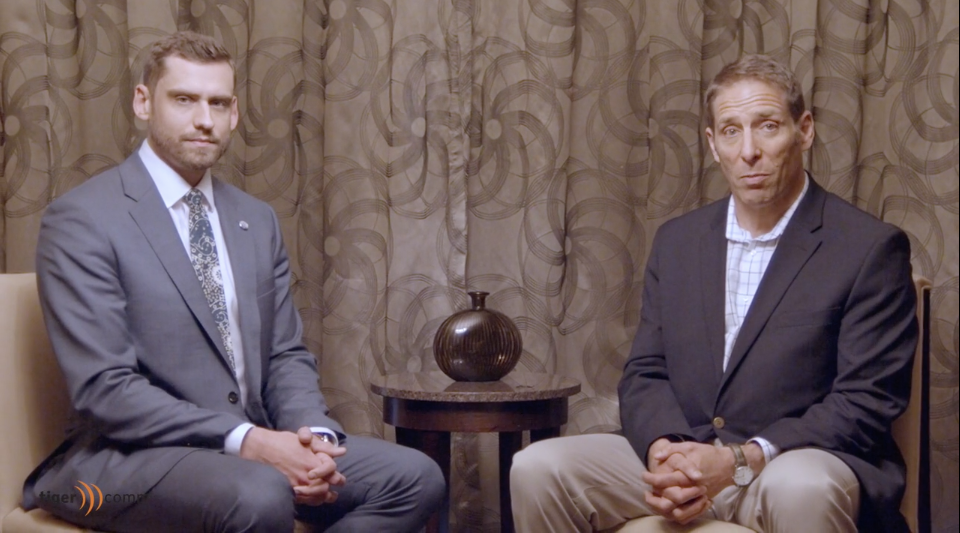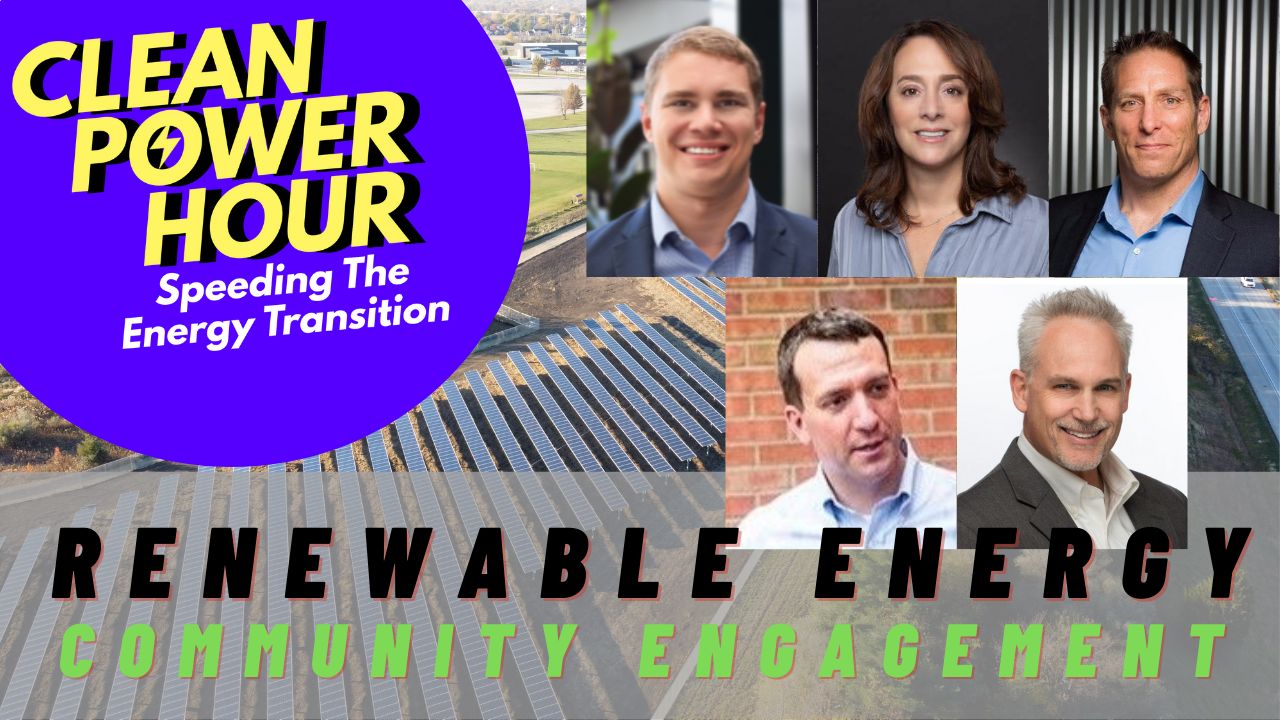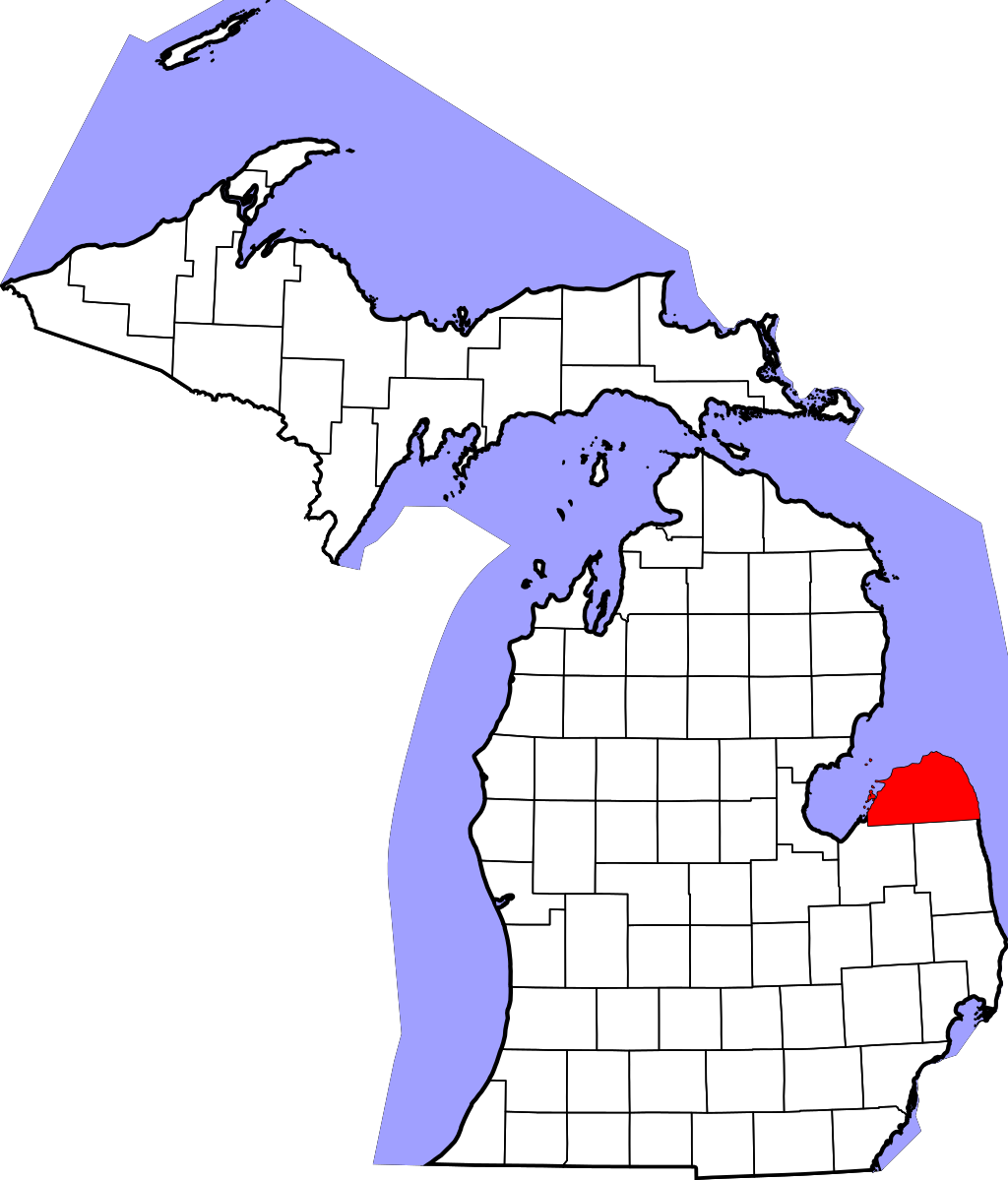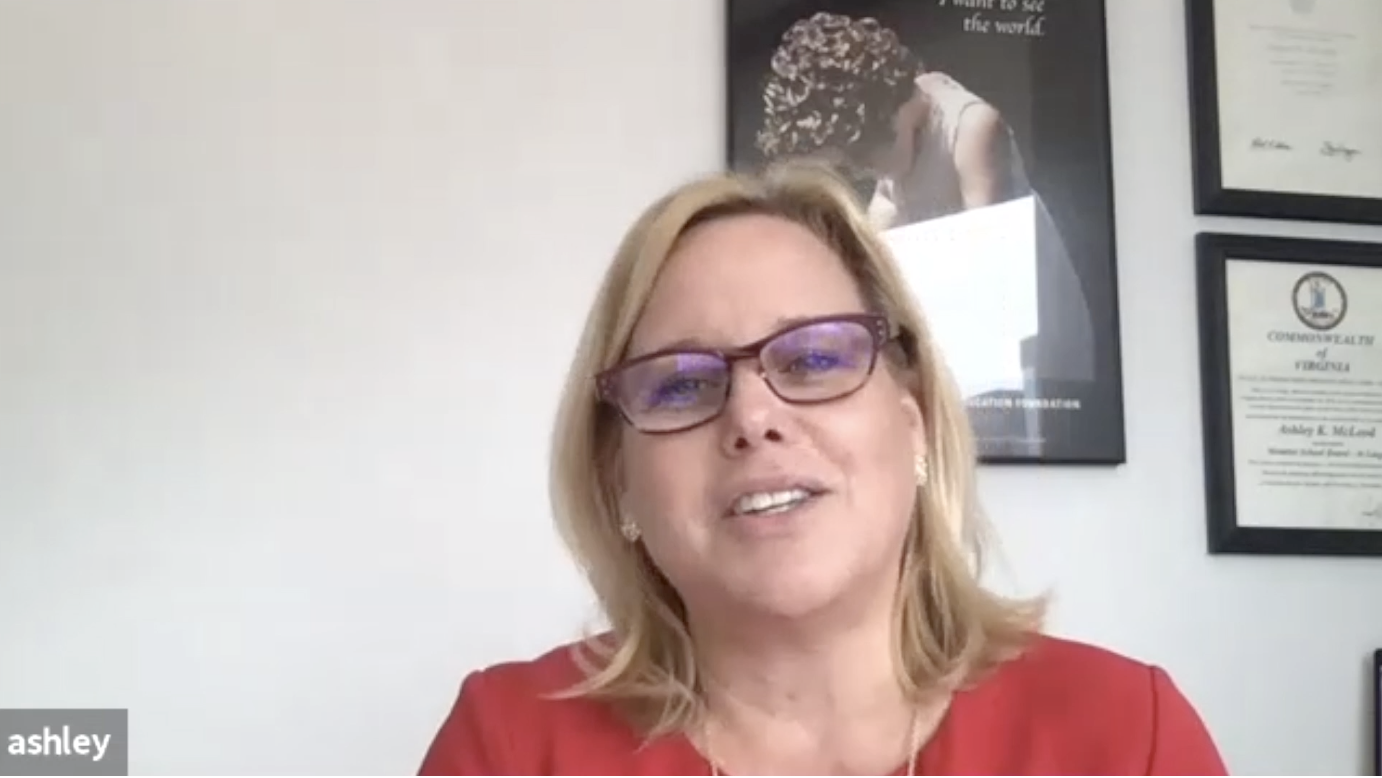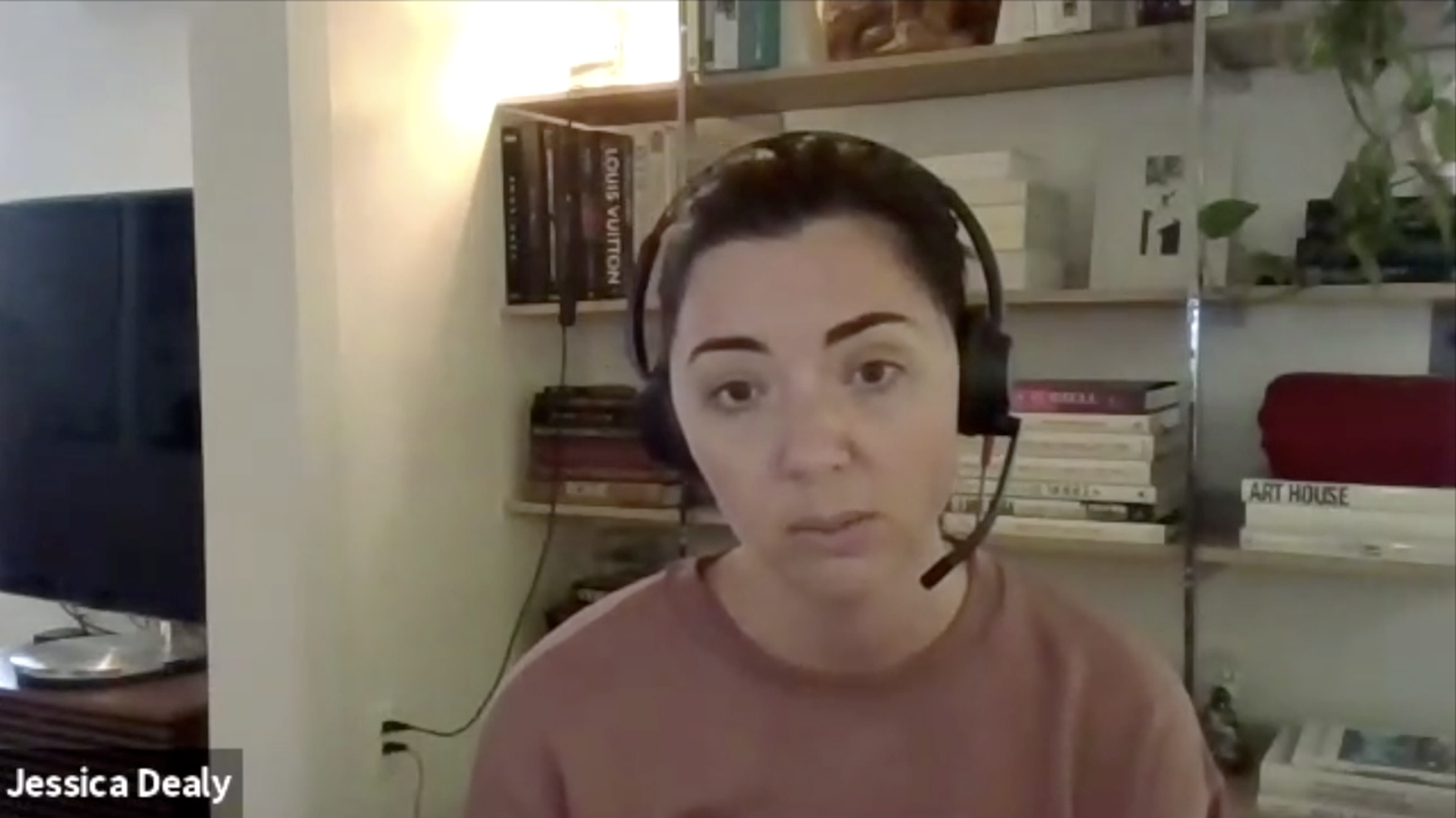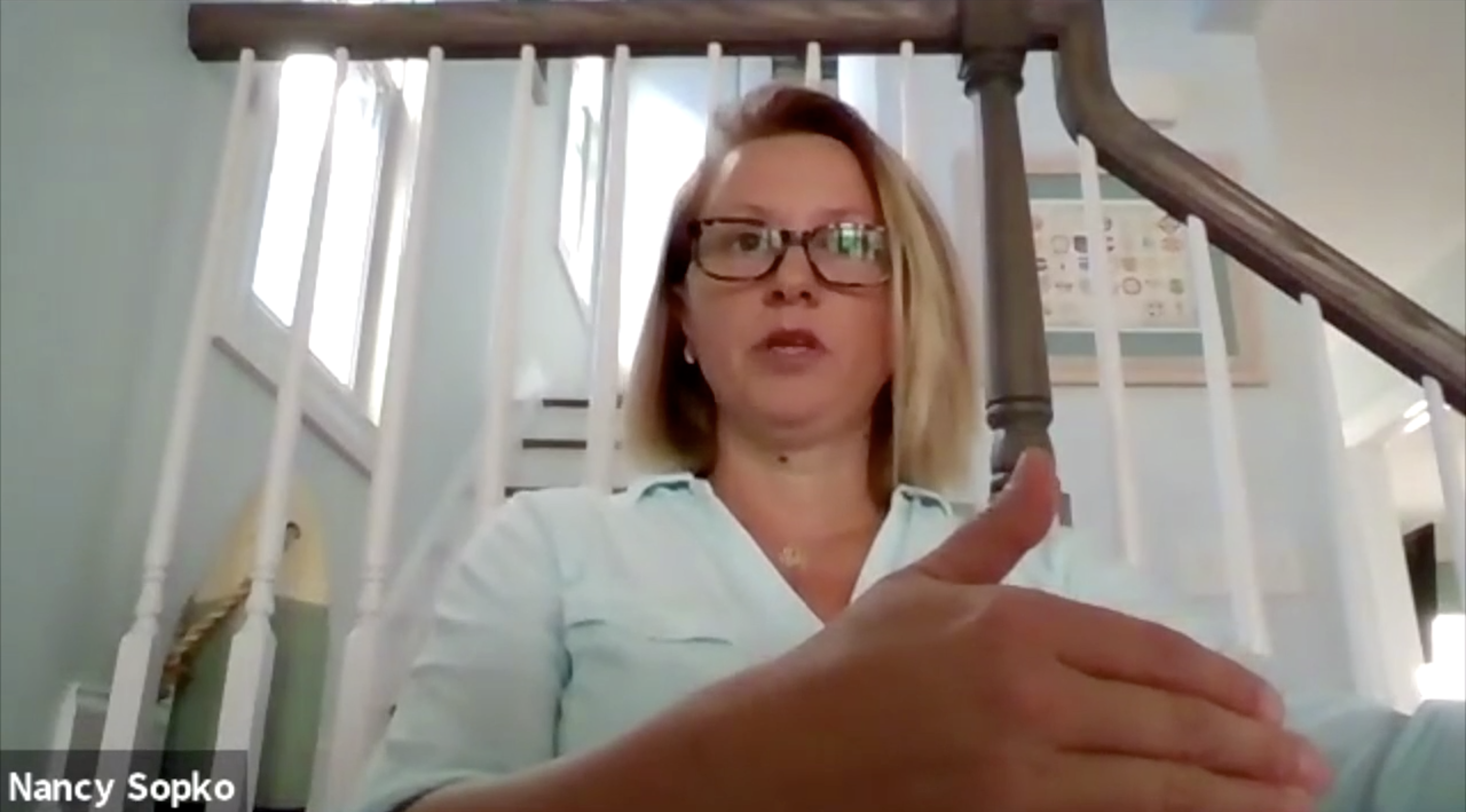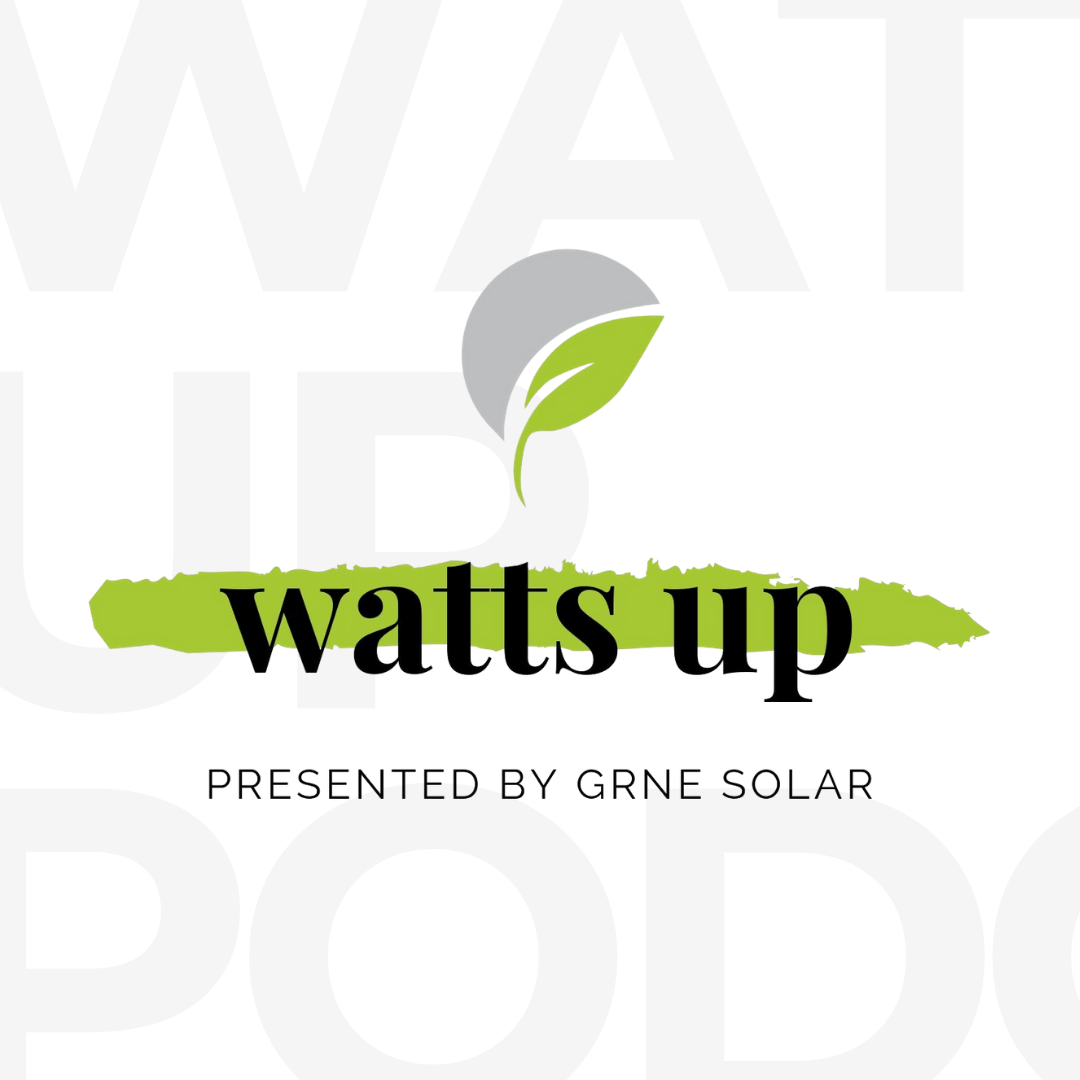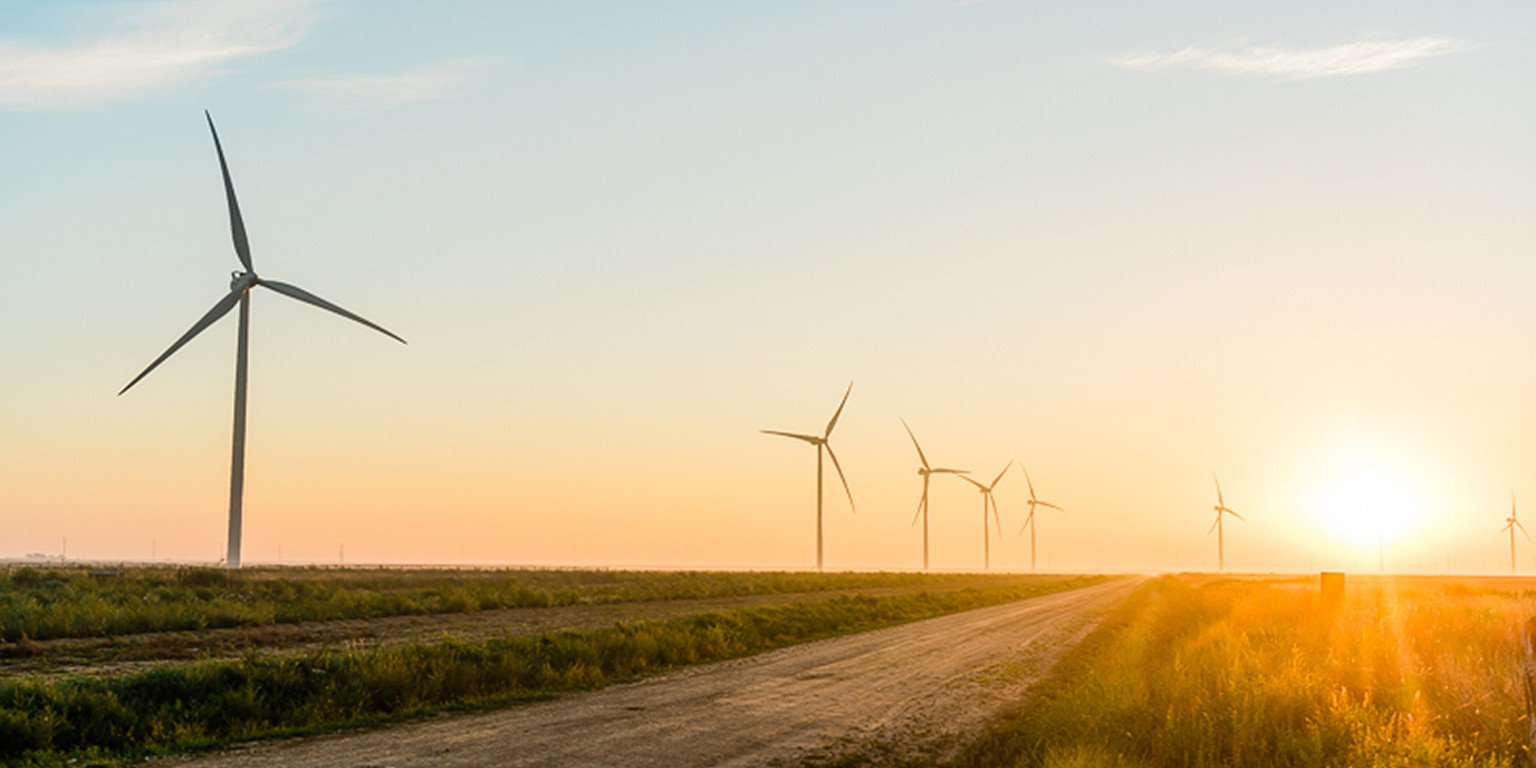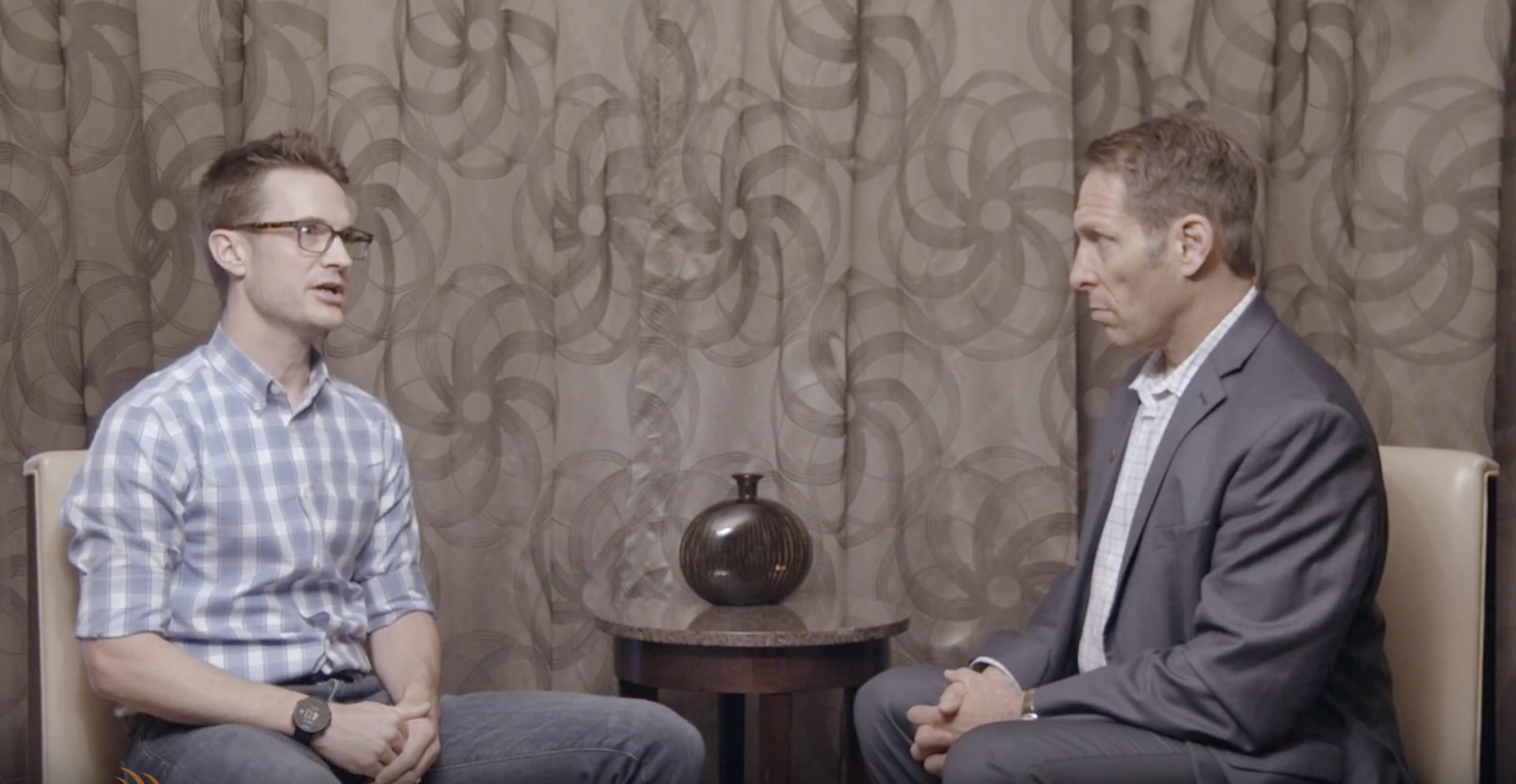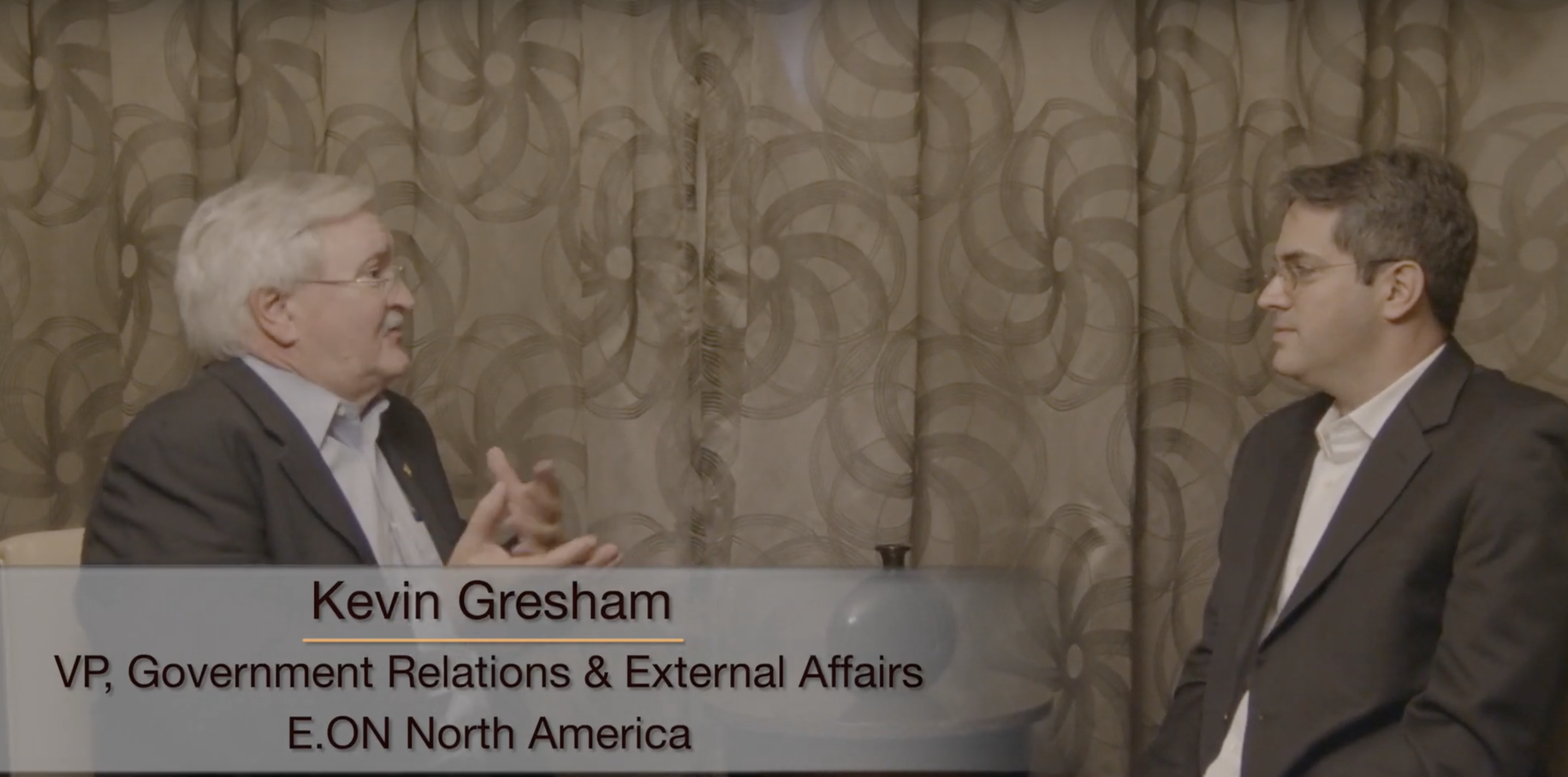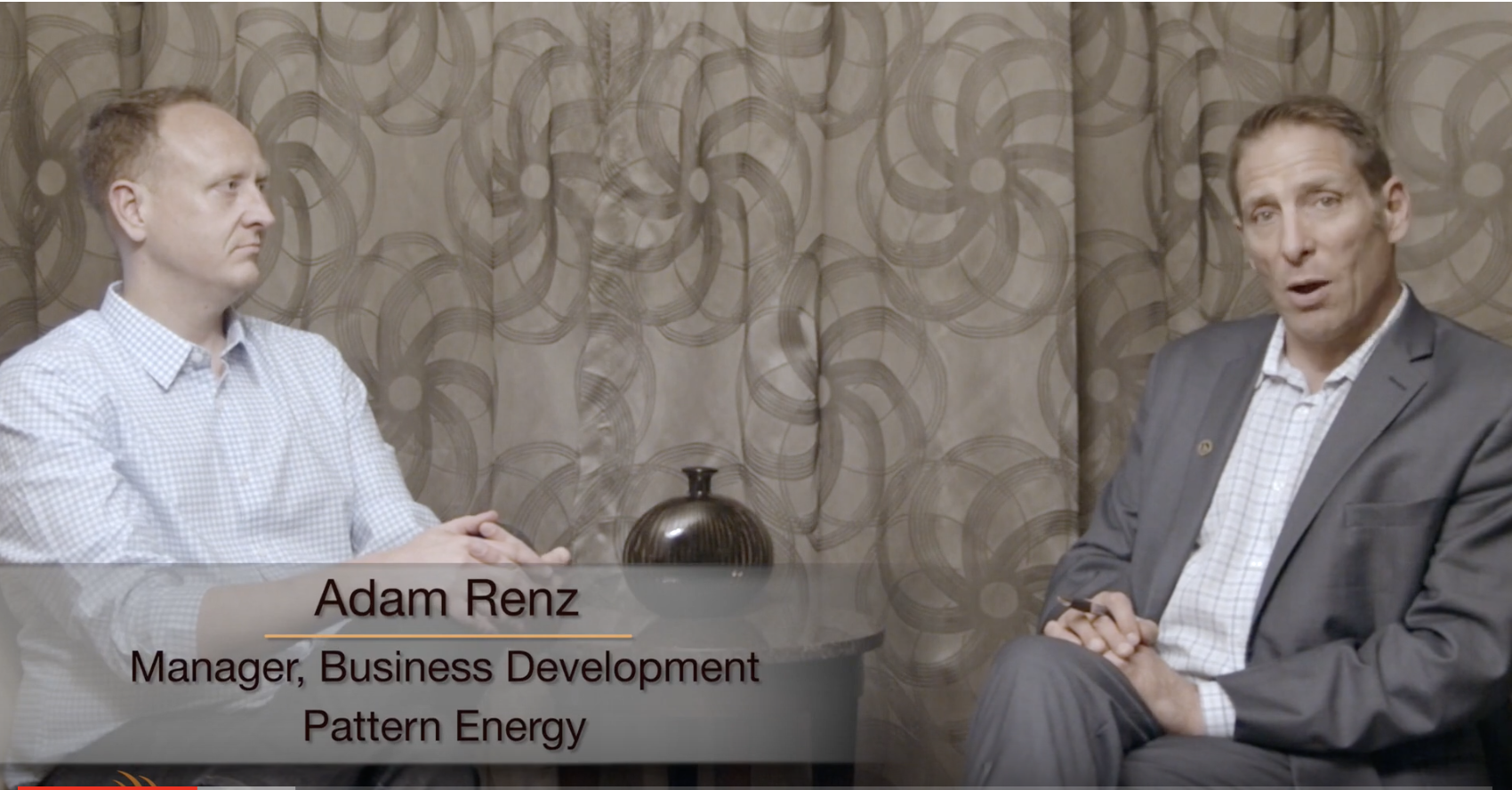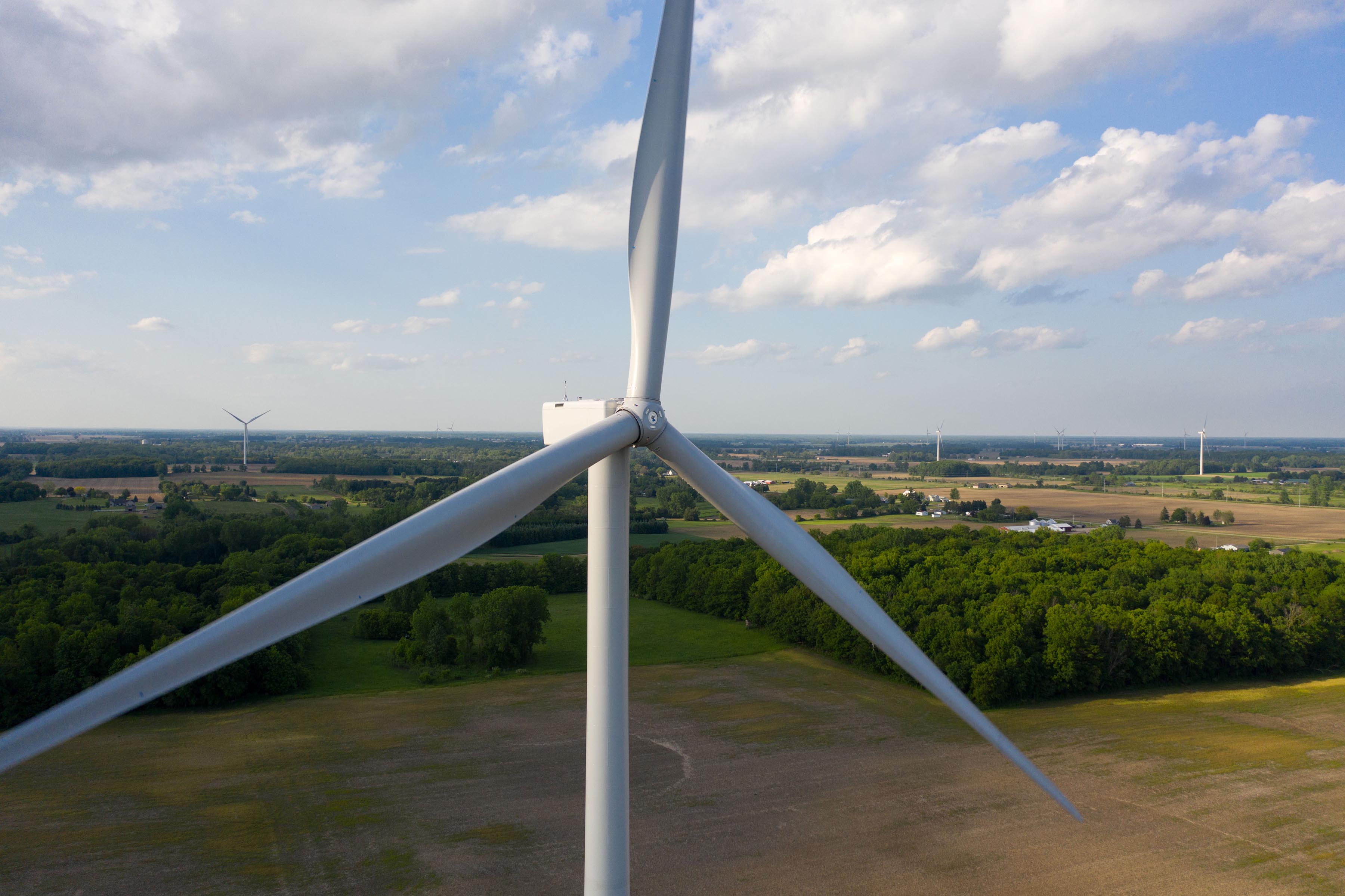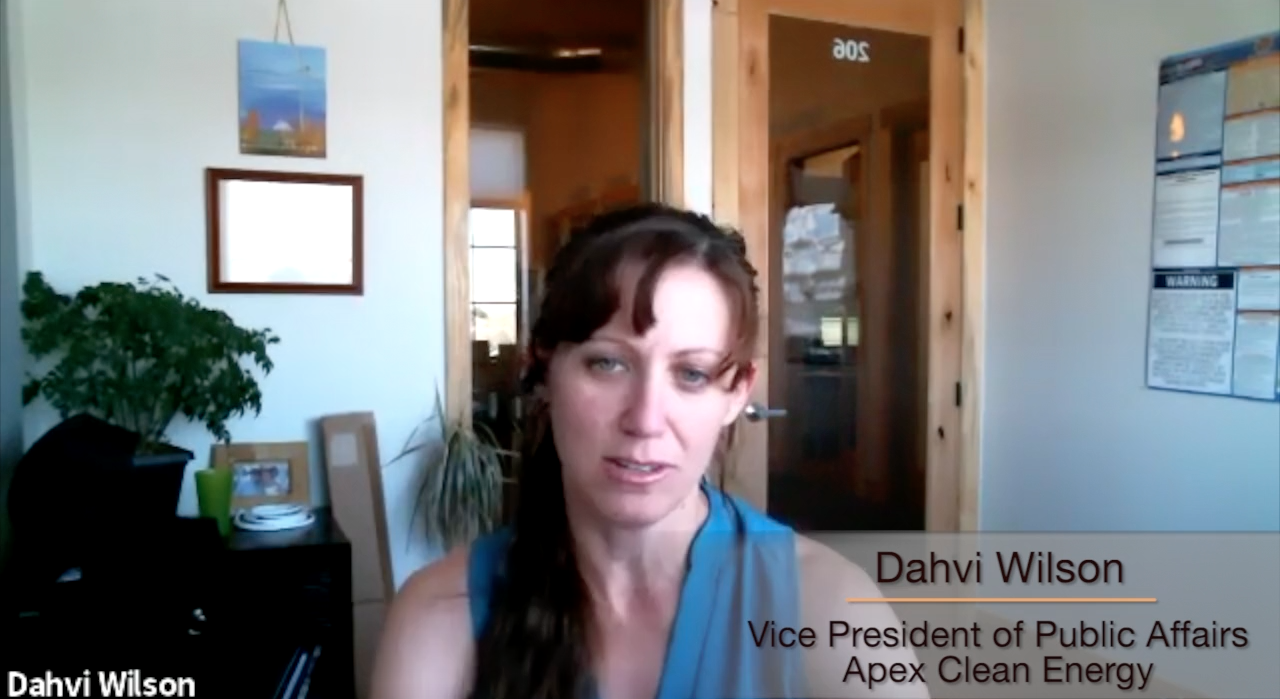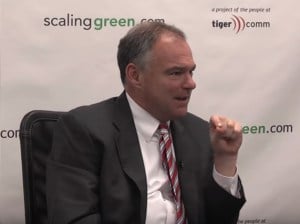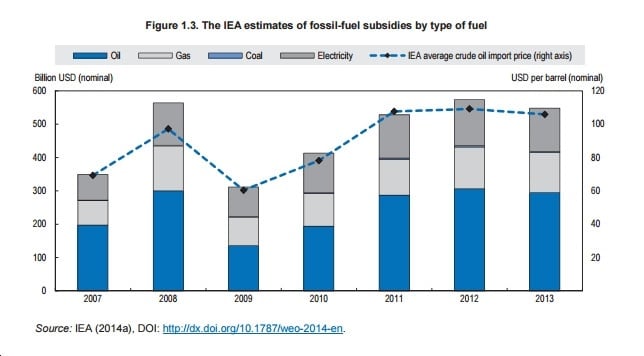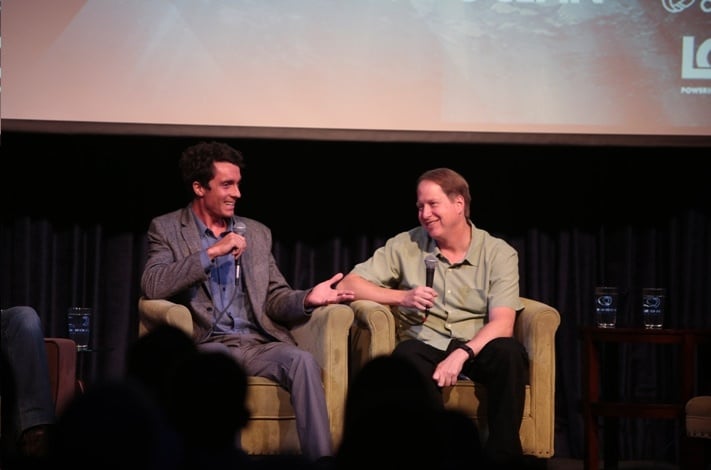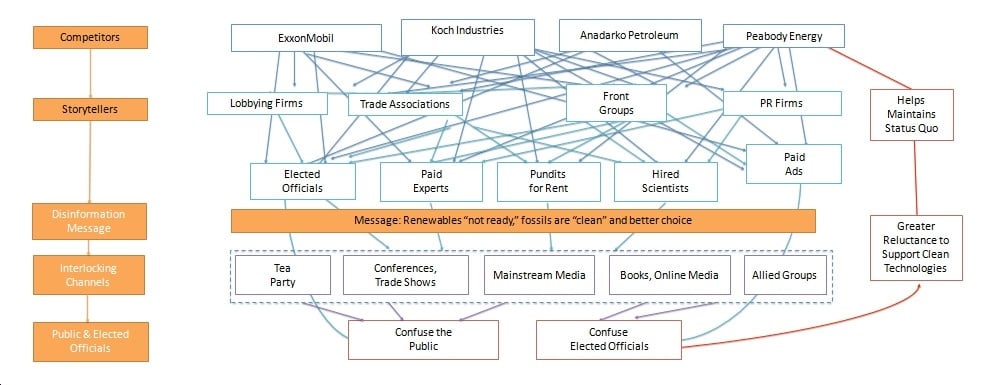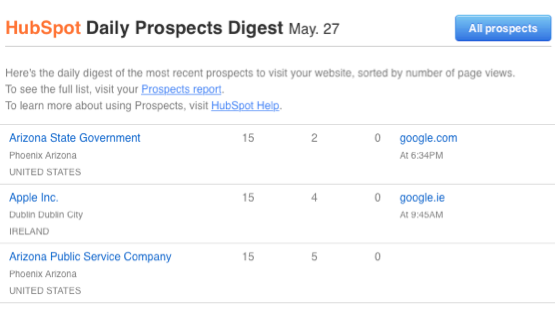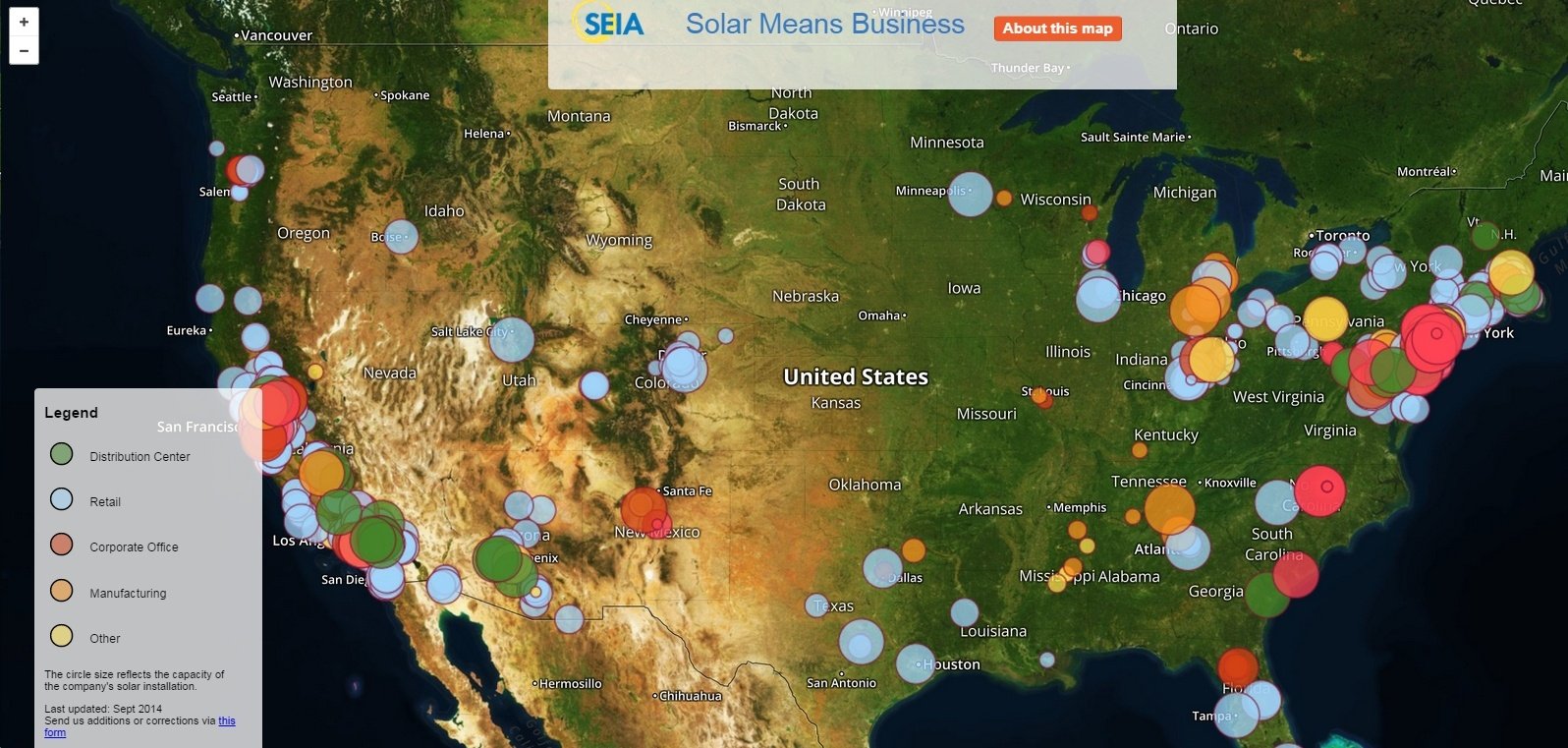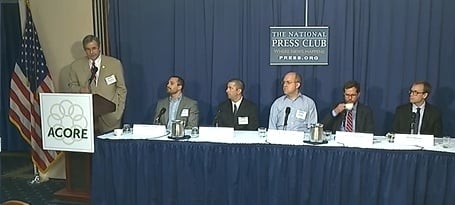Insights
How recent news is tightening the screen on who rural Americans will listen to.
#Cleantechers, if you run point on community engagement for a renewable energy developer or EPC, you already know your work is harder than it was even a few years ago.
Building Community Acceptance When Wind Project Opponents Organize Online, But Developers Don’t
Under Utilization of Social Media in Wind Energy Marketing
We recently conducted the first-ever review of the use of digital tools by Independent Power Producers’ (IPPs) to build community acceptance for wind farms in host communities.
Continue ReadingI got to talk with Renewable Energy World’s John Engel about our recent paper, “We’re the People We’re Waiting For,” along with SOLV Energy CEO George Hershman. I loved what George said, and I encourage you to listen to at least his half of the episode.
Zachary Shahan of CleanTechnica honored us by running our recent white paper, “We’re the people we’re waiting for,” and interviewed us for his CleanTech Talk podcast.
Continue ReadingBefore publishing this paper, I had to change its subhead from “Angry about Joe Manchin? Take a number,” to what you read above.
Many working for the clean economy transition are now relieved by the senator from West Virginia because his change of mind has enabled the hugely significant climate bill to become a reality.
It would be a tragic mistake for us to put our feet up, figuring all’s well that ended well. Let’s be clear: This climate reconciliation bill almost didn’t happen. It’s smaller than it could have been.
Continue ReadingDigital Solutions for Securing Community Acceptance of Wind Energy – With Will Eberle of E.ON North America
This article was updated in June 2022 to reflect new developments in the industry.
Continue Reading"Don't Ghost Your Host" - Improving Community Acceptance for Renewable Projects | Clean Power Hour with Tim Montague
Cleantechers, some of you might remember that last December, we released interesting numbers from bellwether Huron County, MI.
Groundbreaking polling methods were used to assess community attitudes toward renewables - and what it took to move them in a positive direction.
Since then, Tyler Duvelius, Robin Pressman and I have conducted an iterative road show to socialize the findings.
But when we talked with Tim Montague, we expanded the perspectives presented to include solar developer Jon Carson.
The results were some useful insights for renewable power developers. All of them face tougher community acceptance landscapes, one of the few ways that the costs of renewables are going up.
Note: This article was refreshed in March 2022 to reflect the current state of the cleantech industry.
What do your customers buy, really? Is it your product? Or is it something that your product gives them?
Continue Reading
Operating Wind and Solar Farms Might Be Cleantech’s Most Underutilized Public Affairs Tool
We recently teamed up with our friends at Conservatives for a Clean Energy Future and the folks at Embold Research to do something untried: use cutting-edge public opinion measurement tools to go deep on attitudes toward renewable energy in one rural bellwether community. We first presented these findings at the CLEANPOWER trade show in Salt Lake City.
Continue ReadingWhy Steer Into Rough Seas? Interviews With The Experts: Kris Ohleth
As part of our series of interviews with people leading community engagement for the U.S. offshore wind industry, we're delighted to have our friend, Kris Ohleth, join us.
Continue ReadingAs part of our interview series with Offshore Wind’s (OSW) community engagement leaders, we were thrilled to talk with Ashley McLeod. A former executive with the Virginia Maritime Association, a former school teacher and a past school board member. Ashley’s combination of experience has given her an unusually deep understanding of how a local community makes decisions. That’s serving her well in her current role as Director of Stakeholder Engagement for Avangrid Renewables’ Kitty Hawk Offshore Wind Project.
Continue ReadingThe solid reception to our talk at the 2019 Offshore Wind Conference inspired us to stay focused on the topic of best practices for offshore wind developers in their community engagement efforts. We followed the talk with the first analysis of current and recommended practices: “Why Steer Into Rough Seas? Helping Help Offshore Wind Avoid Community Acceptance Problems.”
Continue ReadingNancy Sopko doesn’t currently drive community engagement at an offshore wind company. But we had to include her in this series for a number of reasons, not the least of which is because as the head of the University of Delaware’s Special Initiative on Offshore Wind, Nancy (who is the successor to the legendary Stephanie McClellan) has achieved a unique, sector-wide perspective on how offshore wind development is scaling in this market. Also, Nancy and Stephanie are both veterans of the offshore wind sector and were part of a small group of early players who cleared barriers to aid in the successful launch of U.S. offshore wind development.
Continue ReadingThanks for a fun conversation with Marie Brugquist, Ryan Suchsland and Conner Allen of GRNE Solar. Hat’s off to this regional solar installation company that’s leaning into providing insightful content to its prospects.
Continue ReadingOffshore wind communicators, community engagement leads and supporters: Have you had a question to ask offshore wind editors? Now’s your chance.
Tune in Wednesday, November 18th as we host three editors of top publications covering the offshore wind sector. This is the first time such a panel has been convened, and Nancy Sopko of the Special Initiative on Offshore Wind and we are honored to moderate it.
Earning Public Acceptance of Offshore Wind Projects — Mistakes and Best Practices
Note: this article was first published in 2020.
Offshore wind must effectively engage coastal communities. It can save money and avoid heartache through the lessons of other clean economy sectors.
"Solar and onshore/offshore wind developers. Download, read and take action.… You'll thank Mike Casey and me." – Susan Munroe, Director of Economic Development, Chambers for Innovation and Clean energy.
Offshore wind (OSW) is a disruptive new sector within the power industry. Like other clean economy sectors, its success will rely partly on effectively engaging local communities. In OSW’s case, it’s the communities where project infrastructure will make landfall that will have control over whether or not OSW farms are built.
The increased professionalization of professional NIMBY pushback (Not in My Back Yard) threatens that success. However, OSW can save time and avoid heartache by adapting the hard-won community engagement lessons from other clean economy sectors.
We’ve analyzed the community relations experiences of solar, onshore wind and the PACE sectors for portable lessons to other clean economy sectors, including OSW. We’ve identified a three-stage, “Clean Economy Mistake Path” that is expensive to enter and can end at project fatality.
This initiative stems from my presentation at last fall’s Offshore Wind Conference in Boston, hosted by the American Wind Energy Association. Shout out to Nate Mayo of Vineyard Wind and several other audience members who encouraged us to expand last fall’s presentation into a more in-depth format.
You can read more below, or download this as a PDF here.
Introduction
Last fall, I spoke at AWEA’s Offshore WINDPOWER Conference. Preparing for that appearance prompted my firm to look at the experience of other disruptive, clean economy sectors that are locally regulated. For offshore wind (OSW), which is regulated at the federal, state and local levels, a valuable pattern emerged from the collective experience of rooftop solar, onshore wind, home sharing and PACE lending. While the new pandemic and recession make all that seem ages ago, we think the lessons provided by those other sectors are still worth presenting to the OSW sector. Each of these other clean economy sectors found costs and heartache by bumping into the realities of being locally regulated.
With hindsight, many in those sectors acknowledge they should have solved for those predictable challenges in their respective business plans — right from the start.
What is the NIMBY Effect?
Too many companies in those sectors had to compensate for their early underinvestment in public affairs by having to build programs while dealing with expensive problems with NIMBY (Not In My Backyard) opponents.
NIMBY campaigns are professionalizing. They are getting more sophisticated and effective, they are being supported by professional organizers, they have secured funding by incumbent sectors, and they connect through online resources. As Bloomberg News has reported, the costs of underinvestment in public affairs are adding up for companies in clean economy sectors, a trend that’s expected to escalate.
The onshore wind industry is now seeing half-billion-dollar power plants killed because 50 people shout at officials in a county commission meeting. Airbnb had to struggle to fend off attacks from the hotel lobby on their ability to operate in New York City and other major cities. Despite its huge popularity and tiny viewshed, even solar energy is getting hurt by professional NIMBYism. Many laughed when Woodland, North Carolina rejected a solar farm in December 2015, because some residents worried the solar plant “would suck up all the energy from the sun and businesses would not come to Woodland.”
The costs of underinvestment in public affairs are adding up for companies in clean economy sectors, a trend that’s expected to escalate.
No one’s laughing now.
Last fall, sPower almost lost its permit to build a utility-scale solar farm in Spotsylvania County, Virginia—70 miles south of where I write this. Earlier this year, Bay W.A. Renewables lost its permit for a solar farm on 1,600 acres in nearby Culpepper, Virginia. After beating Bay W.A., leading opponent Susan Ralston said she…
“...plans to turn her [local] 501(c)(4), Citizens for Responsible Solar, formed this spring, into a vehicle to help other citizens groups fight solar projects all over the country. ‘You see this story played over and over again,’ [Ralston] said. ‘The states have just been overrun with solar. The land is cheap, and these developers come in. They come in and the citizens don’t know this is happening, and when they find out, it’s too late’.
Even those sectors, such as scooter companies, that aren’t disrupting powerful incumbents have run into problems. As of this writing, time and street limits on scooters in Atlanta have led to the state of Georgia to consider a complete ban on all shared electric scooter companies statewide. Lyft has seen the writing on the walls and pulled its scooters out of Atlanta. The results are increased costs for many, project death for some and a few companies now completely out of business. The big message from the combined experience of these other sectors is that securing community acceptance is a business-critical task.
Social Acceptance of Offshore Wind Power Projects in the US
OSW can take a different path. Even with only five operating turbines to date in the US, the sector is not a collection of startups. Far earlier than in other sectors, OSW is being driven by experienced, deep-pocketed players, drawn to the tremendous growth potential in the $70B addressable U.S. OSW market. The current range of large companies pursuing OSW have no excuse for bootstrapping community acceptance by skimping on budgets, staff and scale.
Why are so many clean economy companies late in scaling their public affairs? One reason is that many companies see themselves as part of a new industry, when they are actually a new sector within an industry dominated by incumbents with the ability to respond to new, disruptive players.
At the dawn of the internet age, Google and Facebook were creating a new industry. Yes, both companies proved tremendously disruptive over time, but they had a lot of run room before the disrupted could see the threat and respond. Ride hailing and medical cannabis are just a bit off the “New Industry'' side of the scale. Ride hailing is pushing back against a taxicab industry that’s usually quite weak, unless you’re in London. Medical cannabis will displace some types of pharmaceuticals, but most people in that sector tell me they expect the drug and tobacco companies to buy up leading cannabis players. In other words, they will join — not fight — the dope industry. But like solar, PACE, onshore wind, and home sharing, OSW is not a new industry. It’s a new sector out to take market share from incumbents who aren’t going to act like doormats for the new guys.
OSW has already had an early taste test of community pushback and its costs. The first attempted project, Cape Wind, was killed by attacks from wealthy neighbors who included one of the Koch brothers, the Kennedys and retired CBS anchor Walter Cronkite. The burgeoning OSW sector has now had the federal “pause” button pushed mainly as a result of advocacy from commercial fishermen. Fishermen are admirable people, risking their lives to put seafood on our kitchen and restaurant tables. But they also are part of an industry that sees OSW as a disruptive threat. The different sectors of the fishing industry — scallops, squid, etc. — have banded together to use local voices to affect OSW’s fortunes at the federal level. The OSW sector is still working out how to counter the fishing industry’s tactics by promoting the local job creation and climate mitigation benefits OSW provides.
The bottom line? There’s a big difference in how public communications should be scaled from the start if you’re a new sector vs. a new industry.
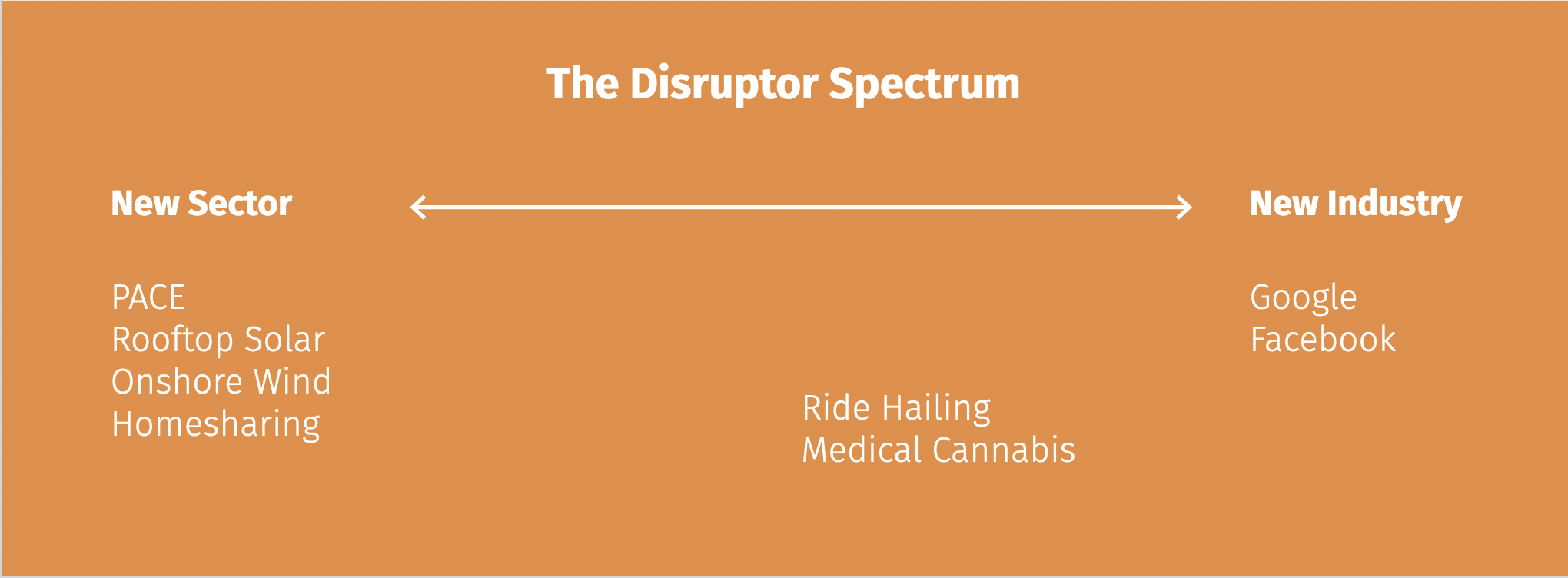
Offshore Wind Communications Challenges and Mistakes
Advocacy Valley of Death
OSW would benefit by understanding that it’s entering into the Advocacy Valley of Death: Big enough to be a disruptive threat, but not ready to respond to the reaction of the disrupted. Look no further than the seemingly obscure, 2010-16 Coast Guard “study” prompted by pressure from Maersk, the leading global shipper with significant interests in the oil and gas industry. The Atlantic Coast Port Access Route Study was riddled with lobbyist influence, and it resulted in a call for OSW turbine setbacks from shipping lanes that are 5x those required in Europe. While more recent studies have countered its recommendation, ACPARS was essentially a trial run for lobbyists looking to stop OSW’s growth.
OSW would benefit by understanding that it’s entering into the Advocacy Valley of Death: Big enough to be a disruptive threat, but not ready to respond to the reaction of the disrupted.
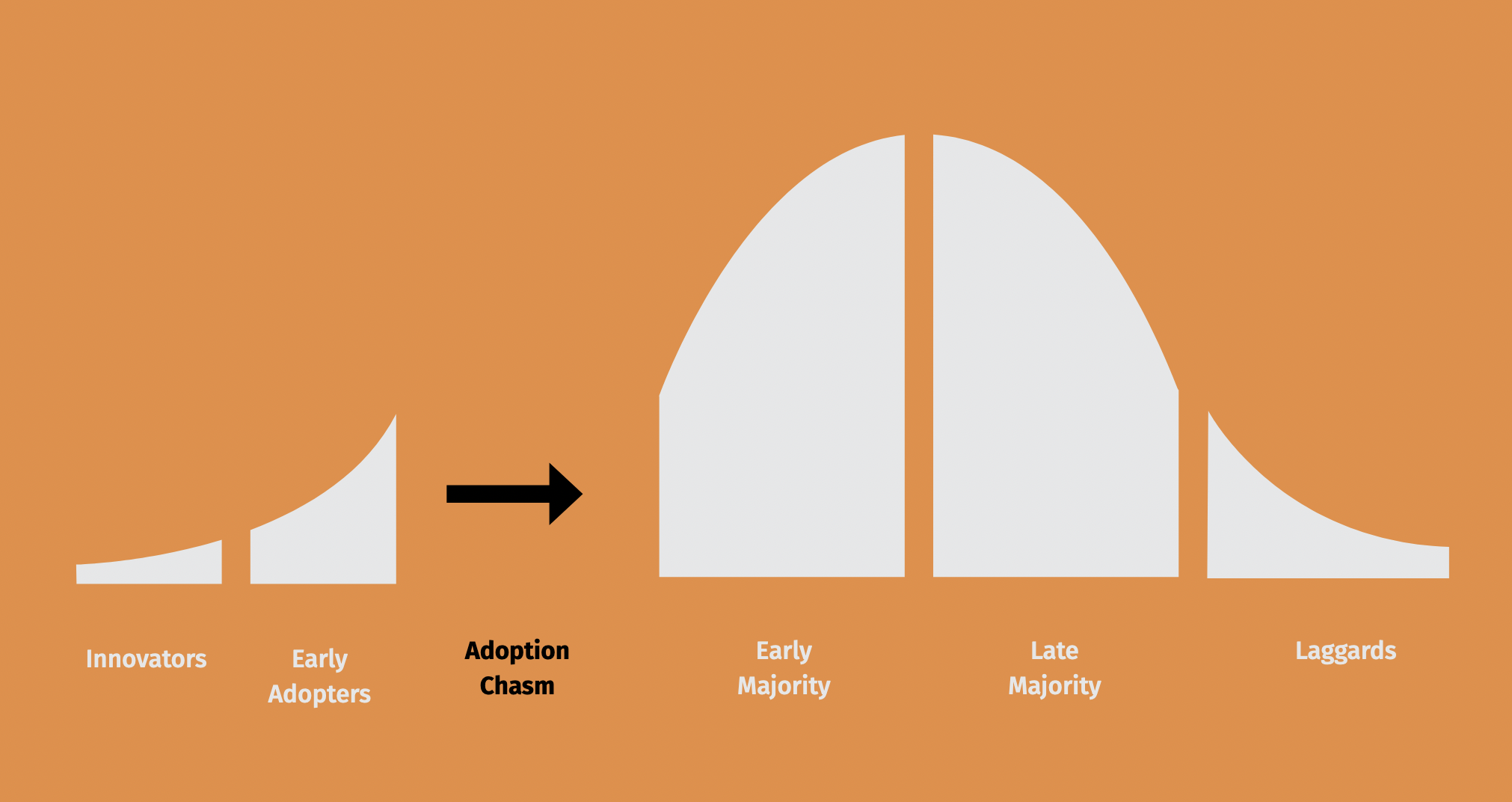
Clean Economy Mistake Path
Overlay the experiences of the four other clean economy sectors, and the resulting pattern forms what we call the “Clean Economy Mistake Path,” which takes place in three phases. First is the Green Zone, or “go” stage. New companies rush to establish a commercial presence and claim market share, working under the demands of cash burn from limited funds. Because they’re doing something new, mistakes are inevitable. In the Yellow Zone, disrupted incumbent sectors convert early mistakes into a problem for people in communities considering whether or not to host the new sectors’ projects.
Onshore wind is in this zone now, featuring the professionalization of NIMBY organizers, strong online connections between the NIMBY groups and quiet funding by incumbent sectors. As far back as 2012, the anti-wind energy marketing of fossil fuel operative John Droz and the American Tradition Institute were exposed. Anadarko Petroleum was caught trying to manufacture the perception that there was a wind turbine fire “crisis” throughout the American West. In the Yellow Zone, the goal of incumbents is to convert a one-community problem into a highly publicized, multi-community issue. We’ve recently finished a series of interviews with the onshore wind developers. Almost to a person, its leading communicators acknowledge how easily complaints about wind farms go viral across state lines.
Stay out of the Red Zone. It’s expensive, high stakes and agonizing — even when you survive it.
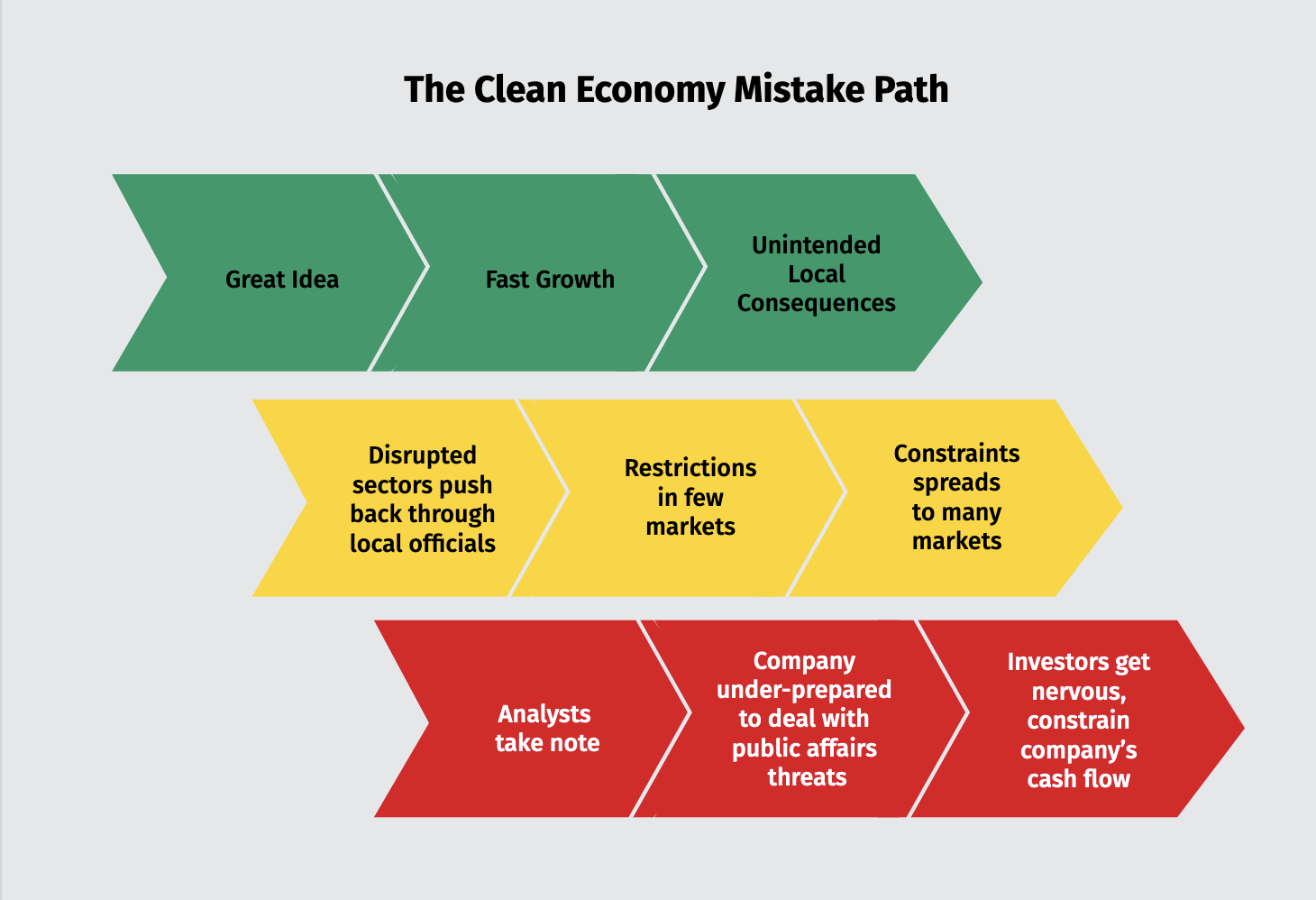
This also happened to the residential PACE industry (R-PACE), and it effectively cost R-PACE the entire anchor market of California. It’s then just a few steps into the Red Zone. There, a new sector’s issues are flagged to analysts tracking valuations of that sector’s companies. The result is a string of pronouncements that the sector’s companies are “troubled,” and “facing significant challenges.” A lead steer on the board begins to panic, and fear spreads throughout the board, resulting in demands that the leadership team fix the problem. The result is an expensive, all-hands diversion from the business plan to desperately bailing out public affairs water from the company boat.
At best, the company pays firms like mine crisis communication-level fees to right the ship. At worst, the company dies, like SolarCity effectively did after the Christmas Eve bait-and-switch in Nevada — engineered on behalf of NV Energy by an ethically challenged public utility commissioner. Trust me, you want to stay out of the Red Zone. It’s expensive, high stakes and agonizing — even when you survive it.
4 Steps Towards the Mistake Path
We’ve identified four factors that drive companies in disruptive sectors to get on the Mistake Path.
1. Excessive belief in the meritocracy of policy debate, regulatory institutions and the motivations of elected officials
Hedge fund-controlled Gatehouse Media has bought up dozens of struggling local newspapers across the country, converting them into the Dollar Store of journalism. The company produces the equivalent of cheap trinkets by cutting news journalism corners at every turn. Its 2017 hatchet job, written by a summer intern, painted a sensational picture of a wind turbine health “crisis” among rural neighbors of wind farms. A month after the Gatehouse hit job ran, Berkeley National Lab came out with the definitive study of attitudes among those living within five to a half mile of wind farms. The study found that over 50% of people who live within a half mile of a wind farm had a positive or very positive experience with the nearby turbines. But the Gatehouse series was a shot heard much farther than the fact-based study by Berkeley National Labs.

We’ve noticed that the younger a clean economy sector is, the more likely its members will see their differences before their shared interests. That makes forming effective coalitions and associations more difficult, as various consultants and executives compete to form the industry coalition they can control to their benefit. The result is turf battles that fetter common-good advocacy. This was sadly true when we worked for the Solar Energy Industries Association (SEIA) during its greatest existential threat, the 2009-10 phony Solyndra “scandal.” This ruse was pushed by the fossil fuel lobby. It featured an FBI raid, dozens of Congressional hearings and an estimated $800M in SuperPAC ads spent attacking President Obama’s “green energy” program. At the time, there were at least four ad hoc splinter groups competing with SEIA for dollars and attention. Their differences were trivial compared to the size of the threats the sector faced, but the divisions still had to be navigated by then-SEIA President Rhone Resch. The result was a significant drag on response times and effectiveness, despite SEIA’s best efforts.
3. Poor Hiring
Often when private sector startups run into government affairs problems, they ramp up hiring. That hiring sometimes takes one of two unhelpful forms: 1.) “Friend and family hiring” of people who lack experience but are familiar and trusted. 2.) Star chasing a “big name” who once held down a high-profile government job. Neither approach accounts for the amount of relevant experience the new hires have had in getting politicians to treat companies fairly.
4. Magical thinking about budgetsI heard once that there’s a Zen Buddhist saying: “You can stand in the circle of what is, or you can stand in the circle of what should be while shouting at the circle of what is.” Said another way, disagreeing with reality doesn’t change it. Politics and policy are a full-contact sport. If your company is out to take market share from active incumbents in an industry with significant regulatory exposure, you will be fought, not ignored. And captured regulators will be part of the toolset used by incumbent sectors. The messiness and slow pace of policy decisions isn’t a reason your company can sit out those decisions. Hiring the right people to execute well-designed, effective programs costs real money that’s guaranteed to be more than you want to spend. But spend you must.
Offshore Wind Best Practices to Improve Public Acceptance
With just one pilot project in the water, OSW has the luxury of choosing between either investing at scale to influence public acceptance of offshore wind power projects in the US, or rolling the dice at the craps table. If OSW wants to avoid the public affairs heartache of other clean economy sectors, there are five practices it should consider.
1. Invest in the online conversationLocal communities are increasingly making early-stage decisions online. This is particularly true in small communities, which make up the lion’s share of the 1,300 towns that are now “news deserts” — communities with no local news media serving them.
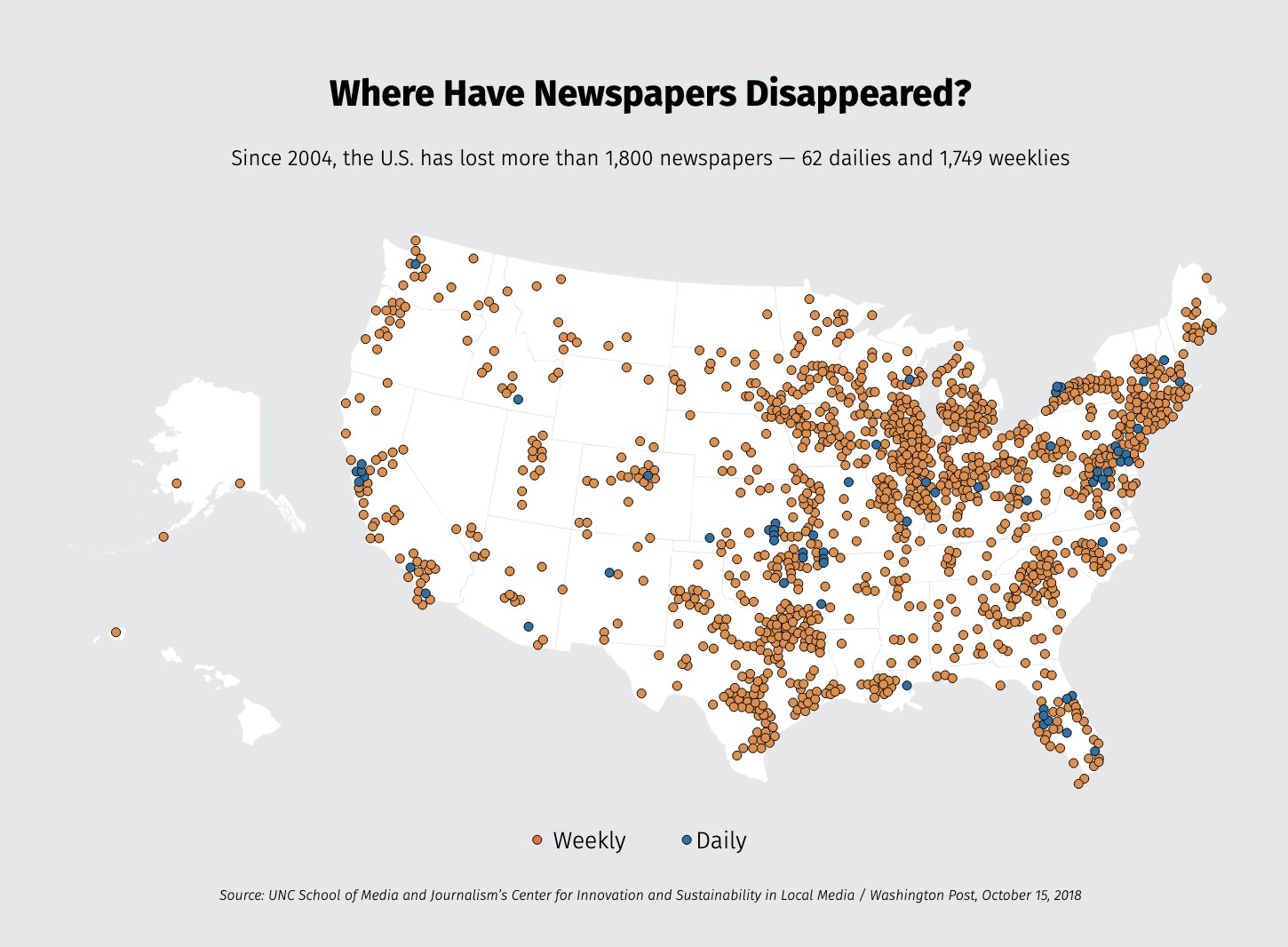
Into that void has stepped Facebook, which has become “the new town square.” (H/T to Paul Copleman of Avangrid). In fact, in its groundbreaking survey of small-town news consumption habits, Apex Clean Energy found that Facebook was a top news source in rural communities, including those considering whether or not to host a wind farm. We conducted the first-ever analysis comparing the online pushback from NIMBYs with the online responses from the top onshore wind developers. Only one out of 10 had anything resembling a proactive digital program. The consensus is that NIMBYs now organize online, then show up in the room. You underinvest in Facebook and other digital platforms at your company’s peril.
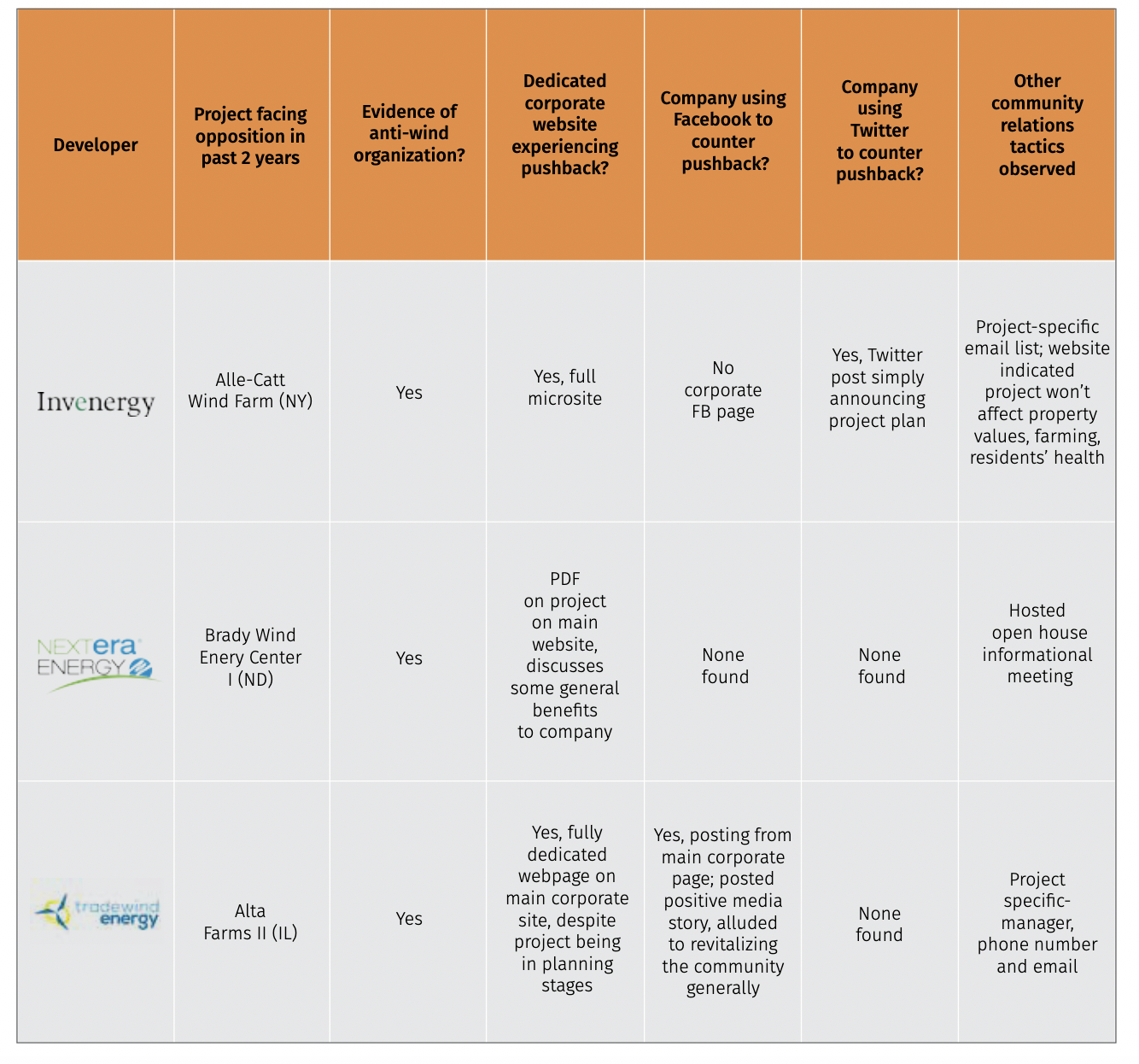
2. Win the race to define
Any large-scale clean energy project is the equivalent of an issue or political campaign, and every campaign is a race to define. He or she who frames first creates an advantage that’s difficult to overcome. We still find that among clean energy developers, the legacy mentality of quietly working regulators is the norm. It’s also a de facto guarantee that you will start the race with your shoes tied together. Being quiet is a losing strategy in an age of increasingly professionalized NIMBY opposition.
A marketing strategy should be applied for every wind farm, treating it as a product that must be narrated. Use compelling, plain-language framing that’s anchored to a core need in the community. And, that definition has to be driven home through visual storytelling (read, video), narrated by people whom locals find relatable. Narratives from people trump facts and figures — always. But the good news is that the OSW industry has a robust potential supply chain and employee base to utilize. They are the people who should start the conversation for your company. It’s crucial to form a supporters group for your project immediately, and then constantly build it through potential vendors and potential employees. If your company can show growth online, it for opponents to argue against community momentum for your project — rather than allowing the opposition to grow its moment and force you to catch up.
3. Use digital to engage, not distribute
Too many companies in the clean energy sectors treat digital platforms as new and cheaper forms of distribution. Basically, another version of the traditional news release. The “post and forget it” approach is leaving communications power on the table, and it stands in stark contrast to the online NIMBY conversations. It’s critical to fully integrate the use of digital tools with your in-person community acceptance efforts. If your company has to present at the local library to a community group, why not use your project Facebook page to share favorable participant comments with those who didn’t attend? If you use your digital platforms to parallel the back-and-forth of in-person conversations, locals are much more likely to feel heard. In fact, online critics are usually an asset. Their arguments on your project’s Facebook pages show in real-time changes in opposition arguments. Your response to them — polite, clear and consistent — will be watched by supporters, who will be emboldened by your proactive response. Note that the effective use of digital tools requires dedicated staff capacity to constantly engage local citizens in the online conversation.
4. When hiring, don’t equate expertise with just having opinions
We’ve met a lot of public affairs leads, line staff and vendors for clean economy companies over the last 15 years. The vast majority are very committed to transforming the U.S. economy to a more sustainable footing. But many are the product of the two misguided hiring approaches we listed earlier. You wouldn’t hire someone like me to be your lawyer or your accountant. Don’t hire people with no successful experience driving public affairs outcomes. Whether it’s employees or vendors, hire people who have successfully done for others what you need them to do for your company.
That experience should include:
- Putting people into office or escorting them out of office by working on political campaigns.
- Serving elected officials while they are in office — particularly at the level of government at which your company is focused. A stint in a Presidential or Governor’s Administration as a policy wonk provides no guarantee that a job candidate or consultant knows anything about the rough and tumble of electoral politics.
- Pressuring elected officials or regulators to take the right action through successful public affairs campaigns.
5. Invest real money in controlling your fate
When it comes to offshore wind challenges, this in particular is a big one. I spent a fair amount of time in 2017-18 working with the public affairs heads of the early OSW players. Together, we hammered out a compelling strategy to handle the grave concerns about how Trump’s past business hostility to OSW would play out in his Administration. It was a reasonable concern, and the group crafted a sound plan over several months. However, when it came time to pass the hat for funding its own public affairs success, each company thought and played small-budget ball. That is beginning to change with the addition of more and bigger companies. But the lesson stands — if your company’s fortune rests on public affairs outcomes, don’t engage in magical thinking about what things cost. There is no green philanthropy riding to the rescue of a for-profit industry populated by large global companies. You must fund your own public affairs fate at a level that matches its criticality to your company. When it comes to public affairs, nothing’s free. It’s not even discounted. It’s only effective or not. And given the importance of our emerging sectors, we should insist on doing what works.
When it comes to public affairs, nothing’s free. It’s not even discounted.
Continue Reading“We have to stop being afraid of using social media to communicate.”
We’ve known EDF Renewables’ Christine Karlovic for almost 10 years. When she agreed to about talk community acceptance with us, we jumped at the chance because she and her company have deep experience building community acceptance across North America. EDF Renewables has developed 16GW of renewable energy, with over 1,100 North American employees and bringing another 24GW of projects through their company’s pipeline.
Continue ReadingIPPs have “ceded the digital ground” to Nimbys, and communities are increasingly making decisions on wind farms on Facebook, writes Mike Casey
Originally published on Recharge News
There’s a growing concern within the wind industry that in communities considering hosting wind farms, the loud minority of opponents is increasingly trumping the silent majority of supporters who want the jobs and revenue that come with projects.
An analysis earlier this year validates those concerns. We tracked the online pushback faced by major wind developers from communities considering proposed wind farms. The findings showed that every developer is facing increasingly aggressive “Nimby” (not in my back yard) opposition, yet, few wind independent power producers (IPPs) are adopting the proactive digital strategies to meet or pre-empt local critics.
Continue ReadingEnel Green Power’s Nick Coil: When it Comes to Community Acceptance, Start Using Digital Tools EARLY
Of all the people we’ve interviewed for the Not Just for NIMBY series, Enel Green Power’s Nick Coil has probably spent the most time in rural communities engaged in… well, community engagement. He shared other interviewees’ views on the increasing difficulty of community relations, the dominance of Facebook in rural communities and the criticality of using social media as part of a community relations program. But Nick had some sophisticated observations and tactical recommendations that made this interview particularly useful for other wind IPPs.
Continue ReadingSocial “needs to connect to community values”
You could argue that E.ON’s Kevin Gresham has the broadest perspective on renewable energy public affairs in the U.S. Active for years on the boards of AWEA, SEIA and ACORE, he’s as likely to be walking the halls of Congress as he is working legislators in statehouses in any of the approximately 20 states in which E.ON operates. My colleague, Mark Sokolove, sat down with Kevin during the WINDPOWER trade show in Houston to talk about both the current and ideal roles for digital platforms in building community acceptance for wind projects. (E.ON is a client of Tigercomm.)
Continue ReadingDigital tools can de-risk projects, but, “we have ceded a lot of our thought leadership to folks who oppose us”
Adam Renz is one of a handful of people who have been an institutional communicator at two major wind IPPs – first EDP Renewables, then Pattern Energy. We were excited to tap the perspective of this wind industry veteran, and his thoughtful commentary didn’t disappoint. In fact, it was difficult narrowing our interview with Adam down to three big points.
Adam agreed with others we’ve interviewed on the dominance of Facebook in rural communities, the costs of neglecting social media tools and the ability of negative attention paid to one project affecting the fate of others. However, he had far more to say beyond what we recap below. So we encourage you to read the full transcript of Adams’ comments.
Continue ReadingPine River Wind Park. Credit Mark Houston, DTE Energy.
One of the highlights of our WINDPOWER trade show experience was getting to talk with industry leaders working to secure support in communities with proposed wind farms. As part of our “Not Just for NIMBYs” interview series, we spoke with our first IOU leader, DTE Manager of Renewable Energy Development Matt Wagner. His company has gone from one of the most coal-intensive utilities to one that’s leading the way to a clean energy future. DTE has developed, owns and operates over one gigawatt of wind energy, and it recently committed to an 80% reduction in its corporate carbon footprint.
Continue Reading“It was almost like companies were embarrassed to admit that they had any opponents. Those days are gone. Everybody has opponents.”
“Companies have not been investing enough in this very important area, because they haven’t been taking the risk as seriously as is appropriate.”
The annual WINDPOWER trade show and conference starts today. We’re kicking the week off with the second in our series of interviews with wind industry leaders who drive their company’s engagement of communities that host wind farms. We started the series with an interesting discussion with Avangrid’s Paul Copleman. This week, we’re featuring our recent conversation with Apex Clean Energy’s Vice President for Public Affairs, Dahvi Wilson.
Continue ReadingToday, we’re continuing our discussion series on the use of digital tools to build community acceptance by wind energy independent power producers (IPPs). We’re pleased to do that with our friend, Paul Copleman, Director of Communications with Avangrid Renewables. Paul’s company is one of the leading renewable energy IPPs with large asset bases both in the U.S. and across the globe.
Continue ReadingChris Brown, chairman of the board of the American Wind Energy Association and president of Vestas-American Wind Technology, Vestas’ North American business unit, has a piece in the Austin American-Statesman that explains very well why wind power is winning in Texas and across America. A few key points worth highlighting include:
Continue ReadingBy Mike Casey, President of Tigercomm
Continue Reading
A new INDIEGOGO video by Green Commuter explains, "every year American spend nearly a week stuck in traffic," which takes time away from other important stuff and adds to environmental pollution. To address this problem, Green Commuter has "developed an App that allows you to use our own fleet of Tesla Model X for van pools during commuting hours and as a car share the rest of the time." This is both "affordable" and "environmentally friendly," and given that the vehicles are used efficiently, "we can afford to make our rates one of the lowest in the industry." In the end, the goal is "saving the planet as well as saving your dollar."
The great folks at DeSmogBlog have yet another excellent piece up, this one looking at "How Propaganda (Actually) Works." Here's an excerpt, followed by a few possible lessons for the clean energy industry.
Continue ReadingRecently, speakers at the Conservative Clean Energy Summit discussed their support for renewable energy, with a particular emphasis on solar power. Important arguments made at the summit by leading conservative voices included:
Continue Reading
by Mike Casey, Tigercomm President
Continue ReadingQ: "Why doesn't ocean acidification get the same attention as climate change?"
A: "Too many syllables. It's not a good hashtag."
This was the tongue-in-cheek answer to a serious question that I found myself giving, as a panelist in front of a crowd of 200 people at Cross Campus in Santa Monica, California.
Continue ReadingFor years, we've watched as the entrenched, increasingly antiquated, but politically-well-connected and heavily-subsidized dirty energy industry has attempted to slander wind, solar and other clean energy sources as...well, basically lame in every way. One of the dirty energy folks' implicit themes has been that, somehow, fossil fuels are uniquely suited to fulfilling the American Dream, while clean energy is some sort of alien force that is inherently more suited to "socialist" Europe than to the "capitalist" United States. Of course, nothing could be further from the truth, which is why it's great to see articles like the one by Jigar Shah and Raj Pannu in Fortune on how green energy is, in fact, quintessentially "red, white and blue." Here are a few great lines that jumped out at us.
Continue ReadingUPDATE 9/17: Please click here to read why we are downgrading Gov. Chris Christie from "B" to "D" on our report card.
Continue ReadingReports of 37,000 text messages – Checks & Balances Project's Scott Peterson raises questions about public accountability and cozy links between energy utility and regulators in Arizona
Continue ReadingIn attempting to communicate with customers or policymakers, you have a number of options at your disposal. That includes both analog and digital methods, and all the many subsets within each of those areas. Along those lines, a recent article article on this subject, entitled Just a Handful of Social Media Comments Can Grab the Attention of Congress, Study Shows, caught our eye, if for no other reason than it made a strong claim for one widely popular communications method (social media) over a tried-and-true one (email).
Continue ReadingIs your state benefiting from, or missing out on, the national solar power boom that's well underway (note: click on the map to enlarge). That question is at least partly answered by the new Solar Means Business Report, released this morning by the Solar Energy Industries Association (SEIA). Among other things, the report finds that the "average price of a completed commercial [solar] PV project in Q2 2014 has dropped by 14 percent year over year and by more than 45 percent since 2012." That's great news, of course, and a continuation of the long-term trend which has seen solar power costs fall by 99% since 1977 - a trend that's continuing.
Continue ReadingThis past September, Tigercomm President Mike Casey interviewed former “super lobbyist” Jack Abramoff. Whatever else you think about him, the fact is that Abramoff knew the business of Capitol Hill influence peddling inside-out. What Abramoff said to Casey was that the fossil fuel industry is deadly serious about this game, and that the clean energy industry needs to fully understand that. Case in point? A new analysis on The Great Energy Challenge blog by Bill Chameides, Dean of Duke's Nicholas School of the Environment. The key takeaways?
Continue ReadingOn April 11, the American Council on Renewable Energy (ACORE) held a fascinating media roundtable at the National Press Club in Washington, DC. ACORE President Michael Brower set the tone for the panels with his introductory remarks, in which he stressed that "renewable energy resources have historically held the goodwill of the majority of the American public," but that media coverage doesn't necessarily reflect that - or "align with the reality of the marketplace." As Brower explained, the media has over-reported the relatively infrequent cleantech failures, while under-reporting its overwhelming successes. And, Brower added, many of those successes are happening in the states, where from "Maine to Georgia, to Kansas to Oregon and all those states in between," we see "a new emergence of bipartisan-ism on clean and renewable energy."
Continue ReadingMorten Albæk, group senior vice-president of marketing, communications and corporate relations at Vestas, has written an important article that everyone rooting for wind power's success should read. Here are a few key points, bolding added by us for emphasis:
Continue ReadingFor anyone concerned with the optimal approaches to marketing cleantech - as well as approaches to avoid - a story which appeared yesterday on NPR is well worth passing along. First, a few highlights from the story.
Continue ReadingAccording to a recent TechCrunch story, "when untruthful information is immediately corrected in a news story," it doesn't fix the effect. In fact, a new study concludes, calling out false information can paradoxically make users “more resistant to factual information." Or, as the TechCrunch article puts it: "The more truth we read, the more we tend to believe strongly held lies."
Continue ReadingEveryone in the solar industry, as well as everyone who supports solar power, should read the superb, recent piece by Michael Grunwald of Time Magazine -- "(Almost) Everyone Loves Solar." Here are the key points:
Continue Reading
It’s hard to argue with the idea that energy efficiency is the most under-told part of America’s clean energy economy, despite the efforts to date of some pretty smart, committed people. We could go such a long way to cutting our use of the most destructive forms of energy and addressing global climate disruption if we just stopped wasting so much.
Continue Reading
We just wanted to point out a great article by Katrina vanden Heuvel of The Nation called "Solyndra and the Republican Outrage Machine." Here's an excerpt, bolding added for emphasis:
Continue ReadingLast week, we interviewed Belen Gallego, Founder & Director at CSP Today and PV Insider, in conjunction with the CSP Today 6th Concentrated Solar Thermal Power USA Conference she’s putting on in Las Vegas this Wednesday and Thursday (June 27-28). In addition, yesterday we published our interview with Frank “Tex” Wilkins, Executive Director of the Concentrating Solar Power Alliance (CSPA). This Wednesday, Wilkins will be speaking on a panel moderated by Fred Morse of Abengoa Solar, and including Tigercomm Vice President Mark Sokolove.
Continue ReadingMonday’s Washington Post piece, “Historic oil spill fails to produce gains for U.S. environmentalists” was right, but not complete. So far, the BP oil disaster has brought tar balls and Tony Hayward into the public arena, but it has not brought about the dramatic sea change needed to move America to a clean energy future.
Continue ReadingA recent REW post by SolarFred highlights the latest legislative efforts by dirty energy lobbyists to stop the growth of solar, wind and clean energy industries that Americans favor by more than 90 percent.
Continue Reading
